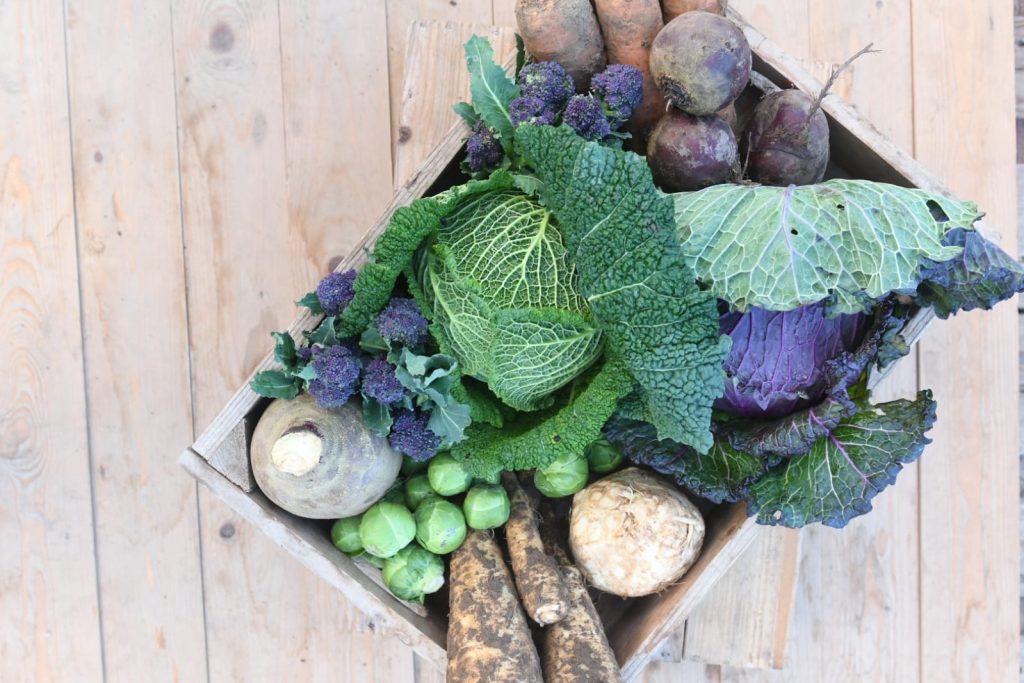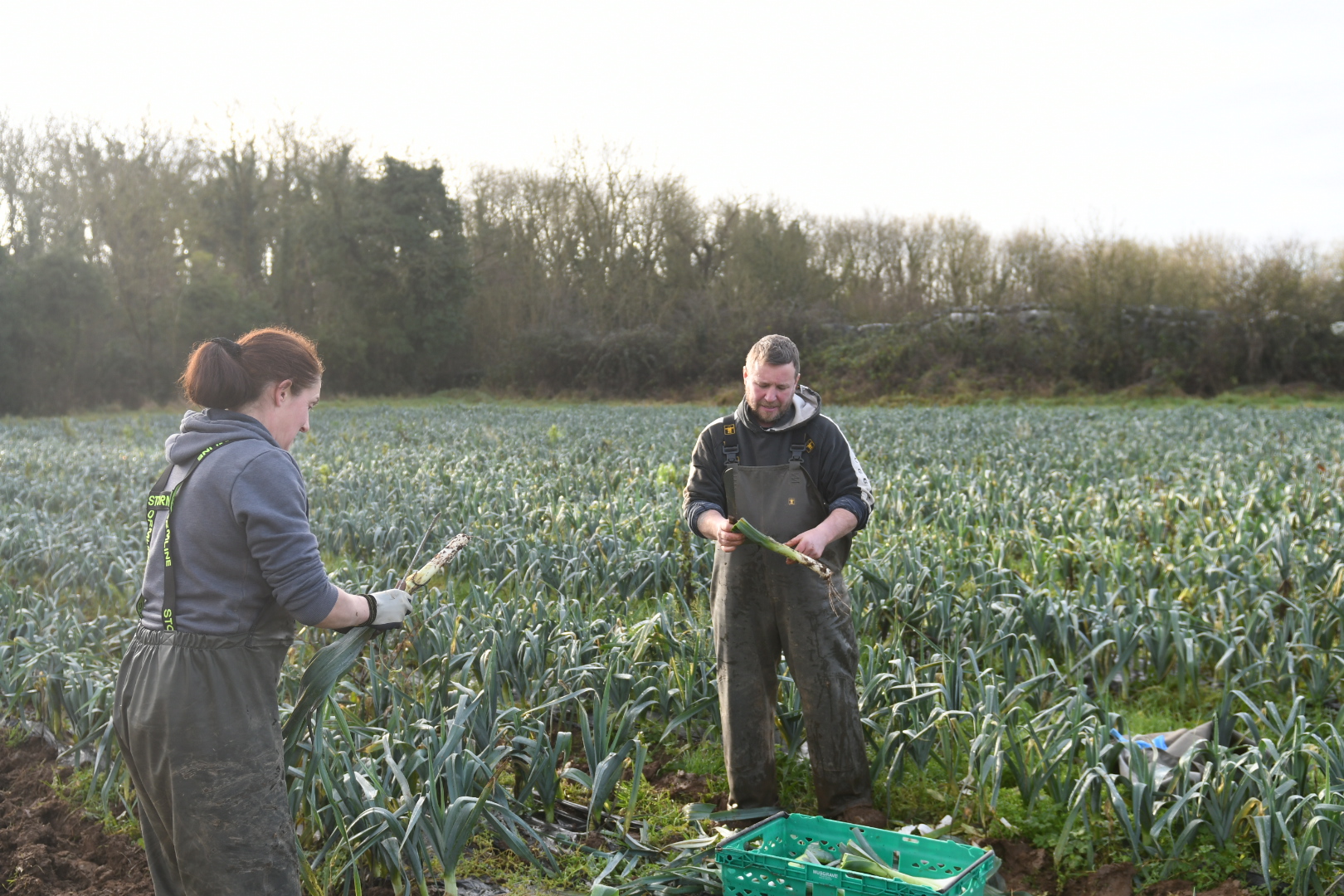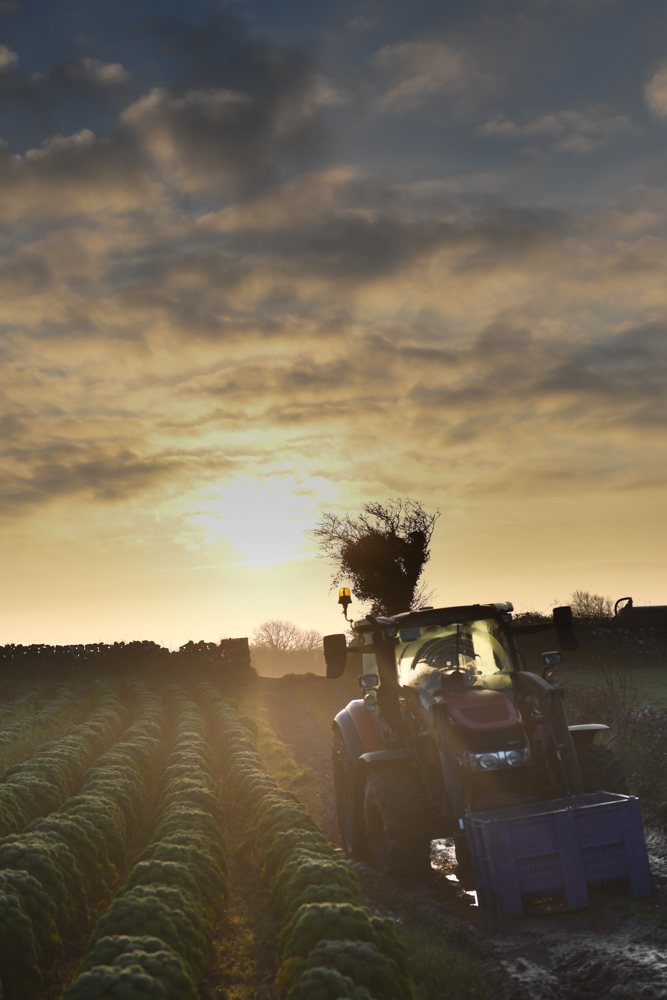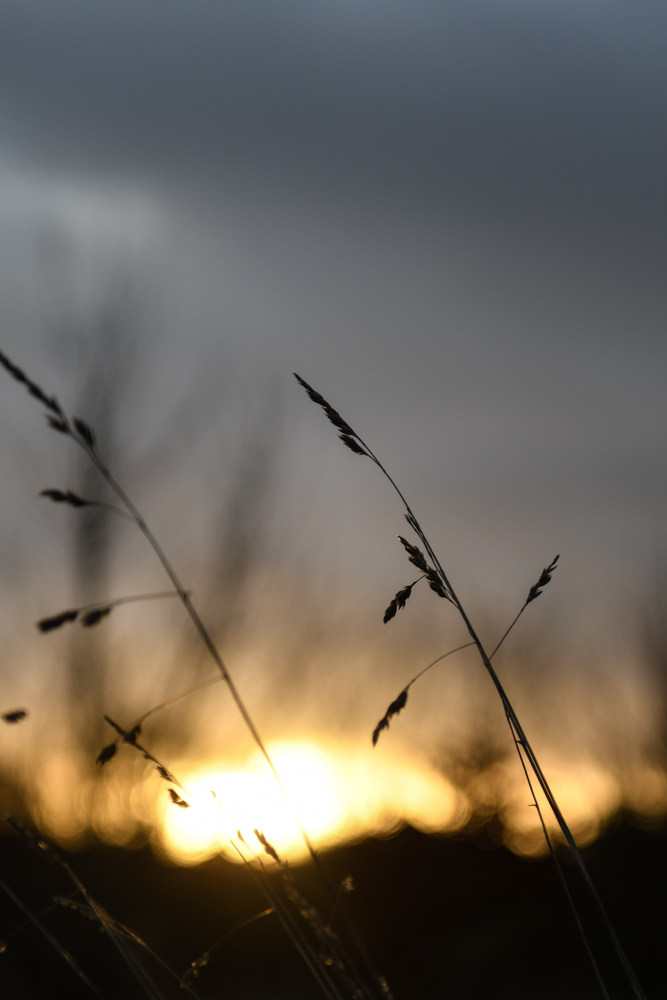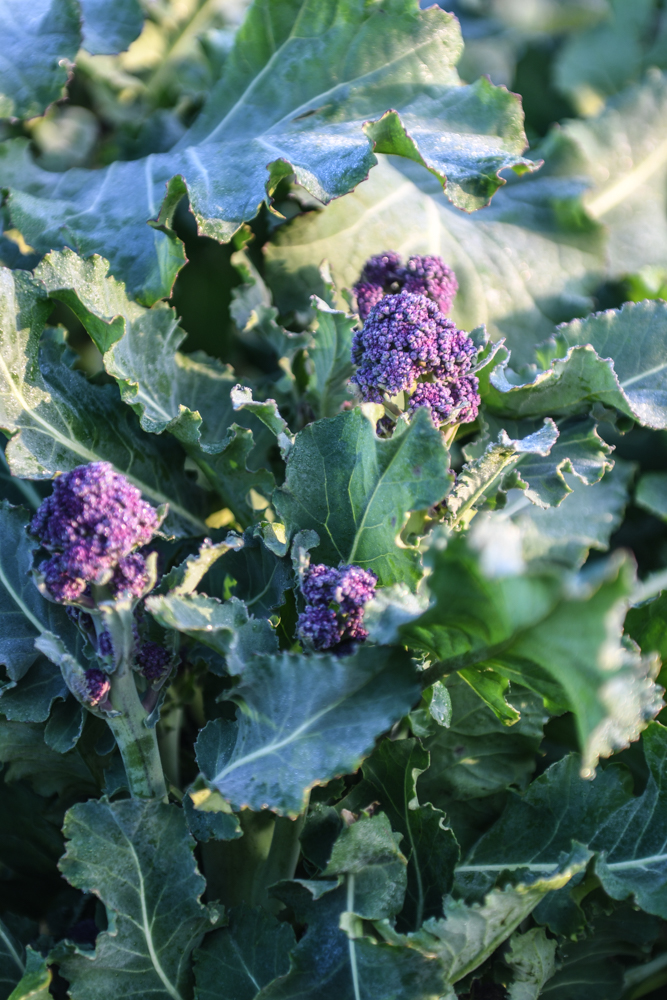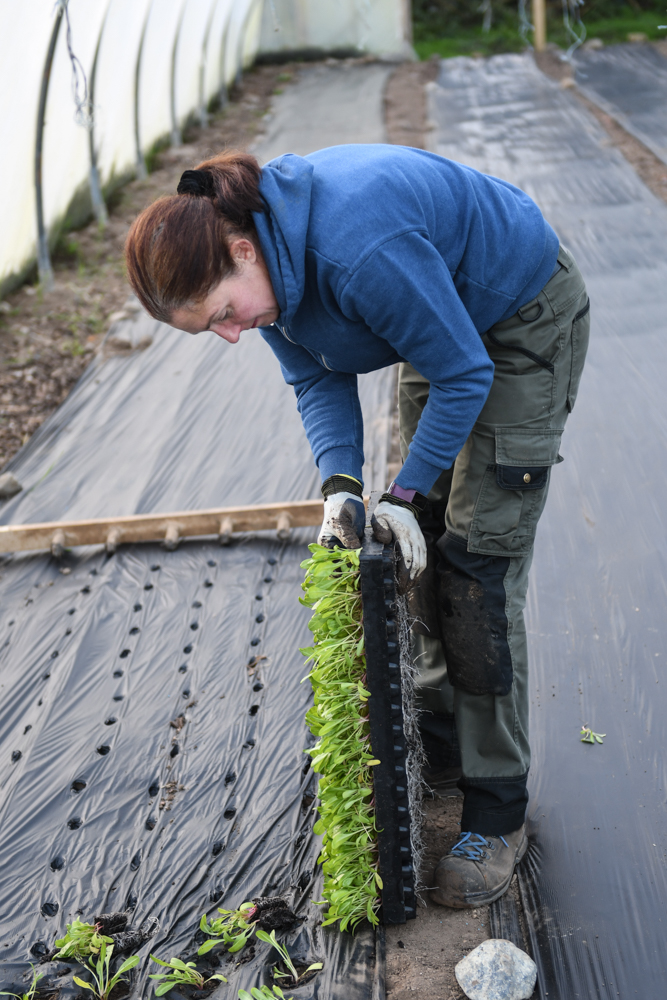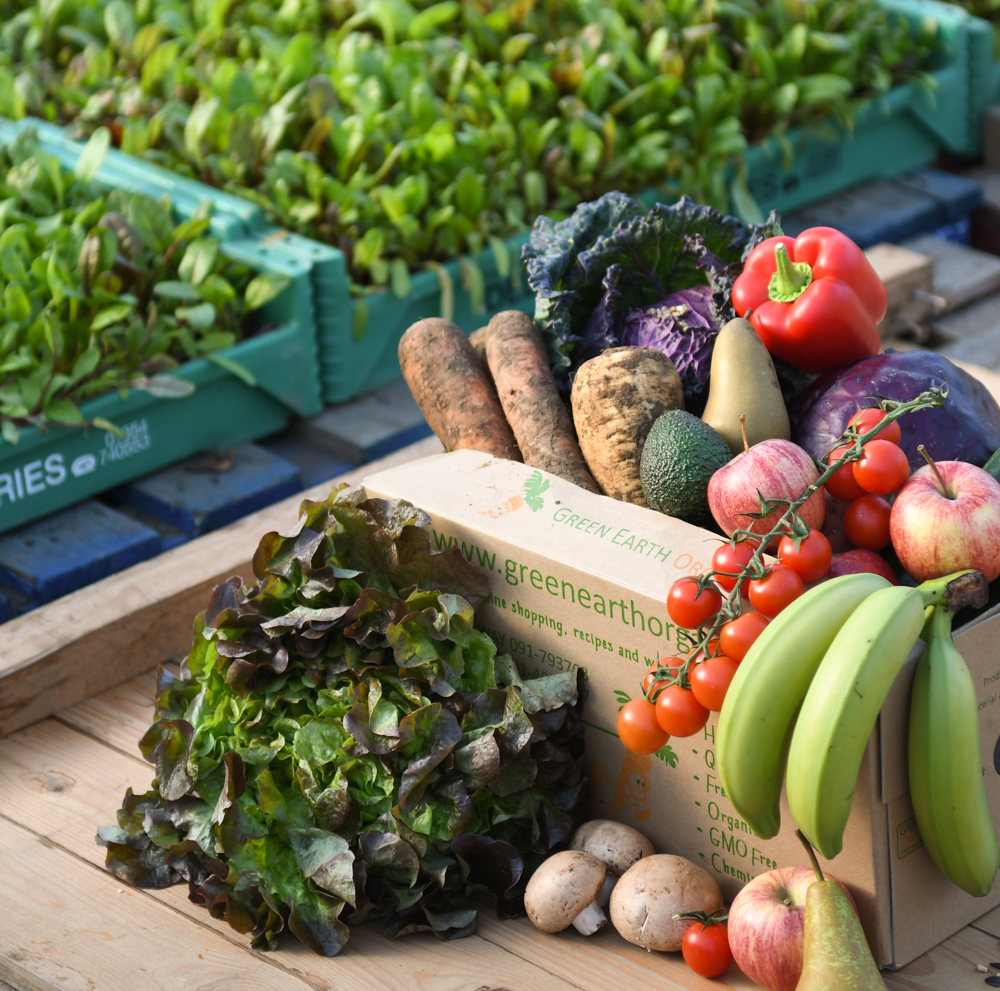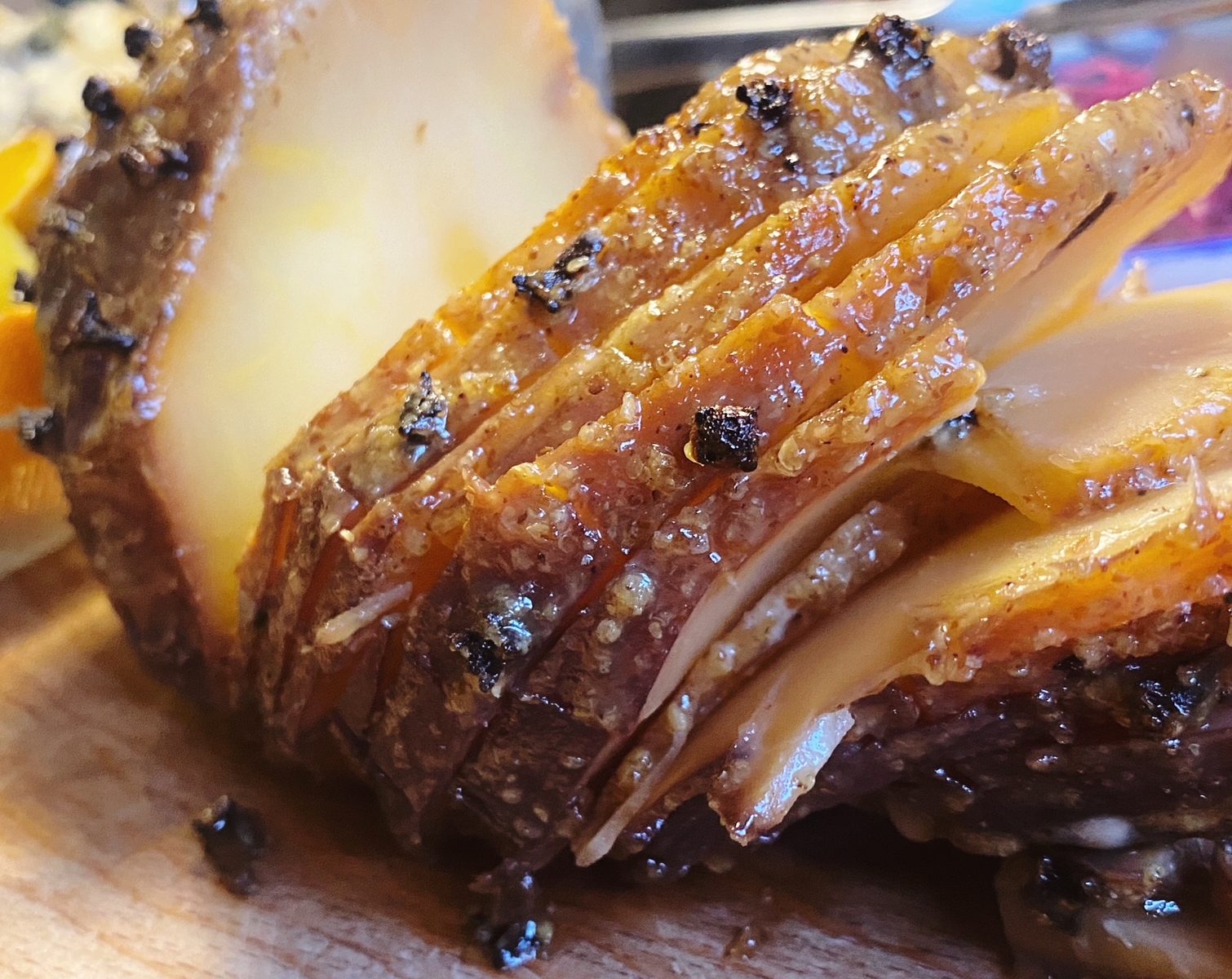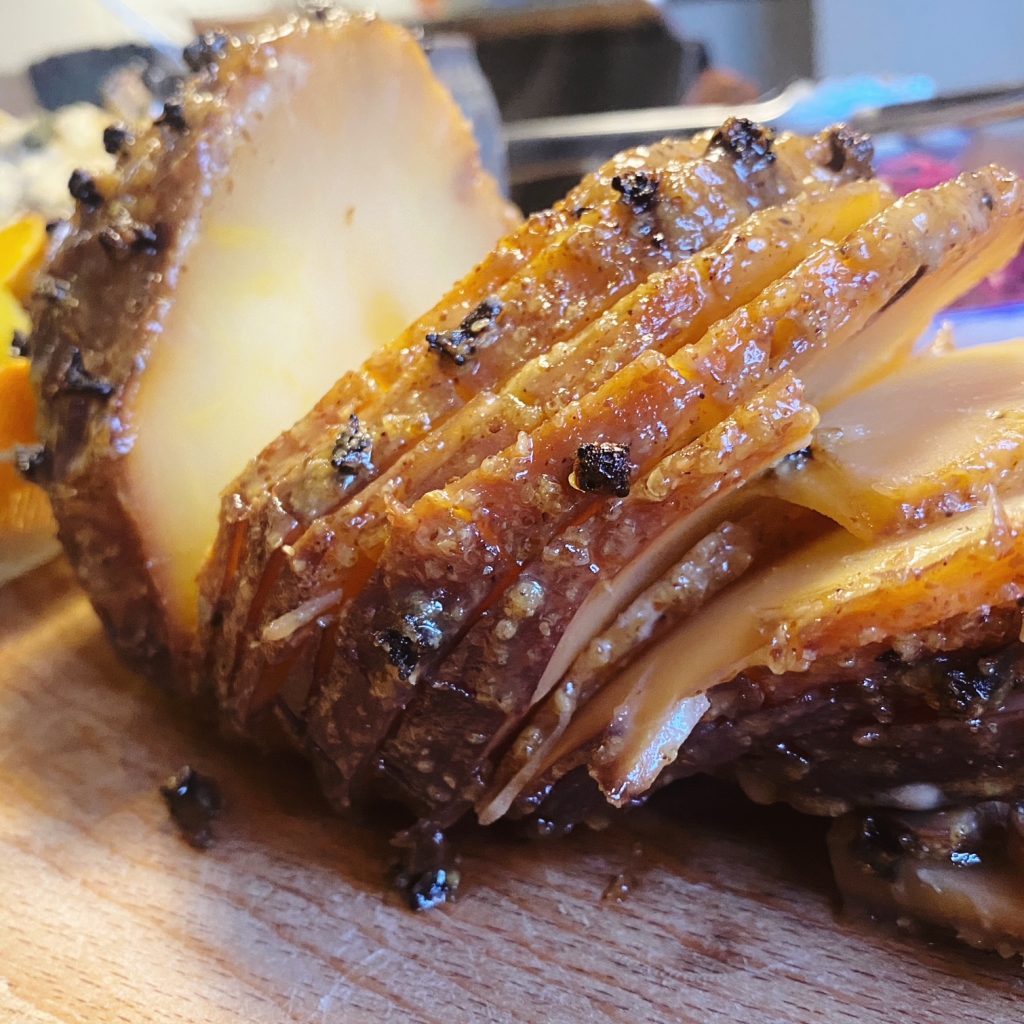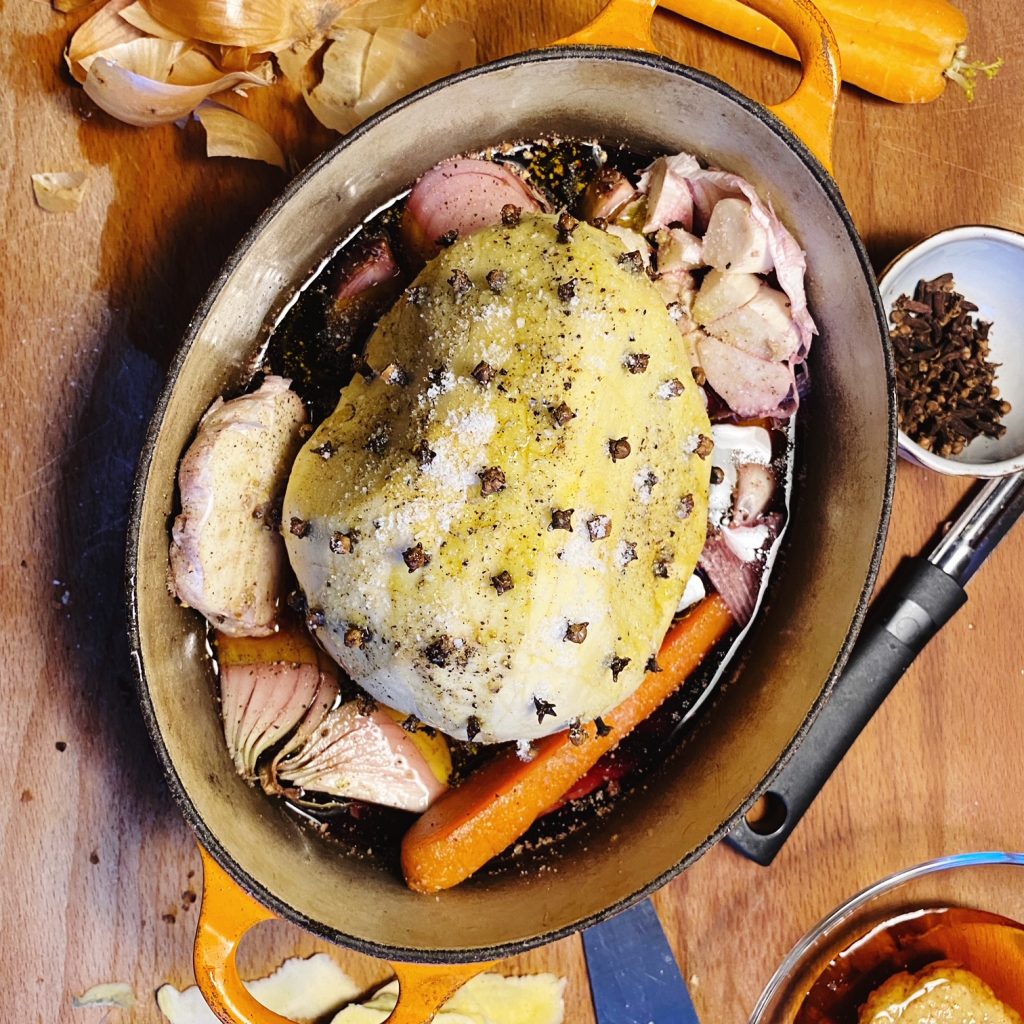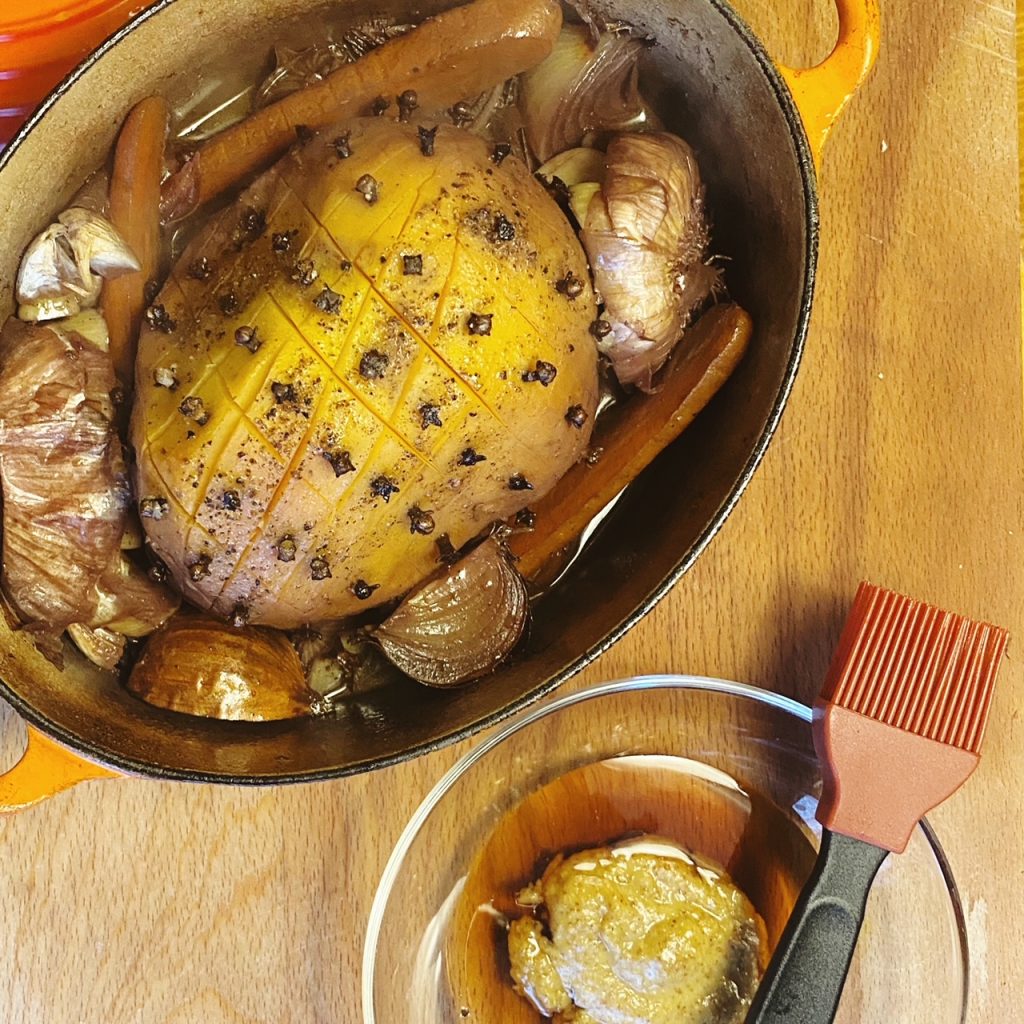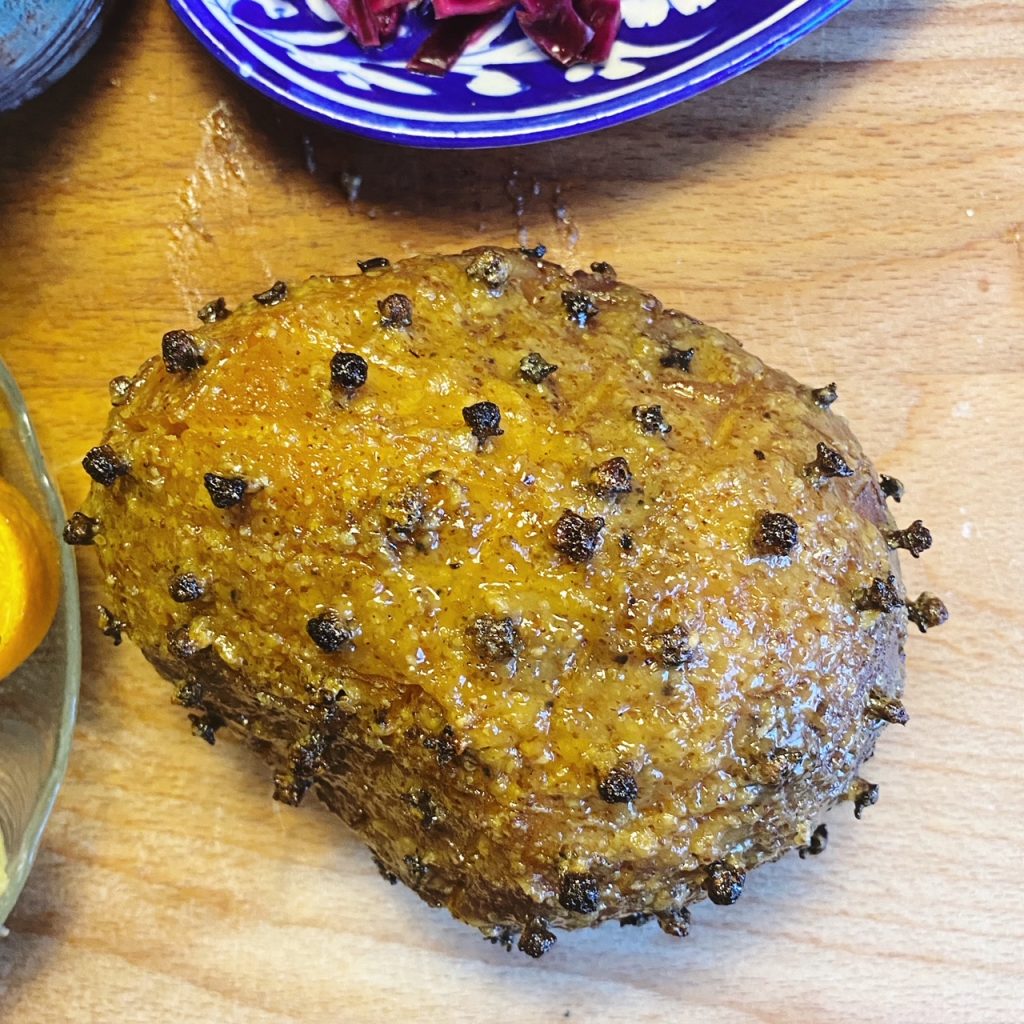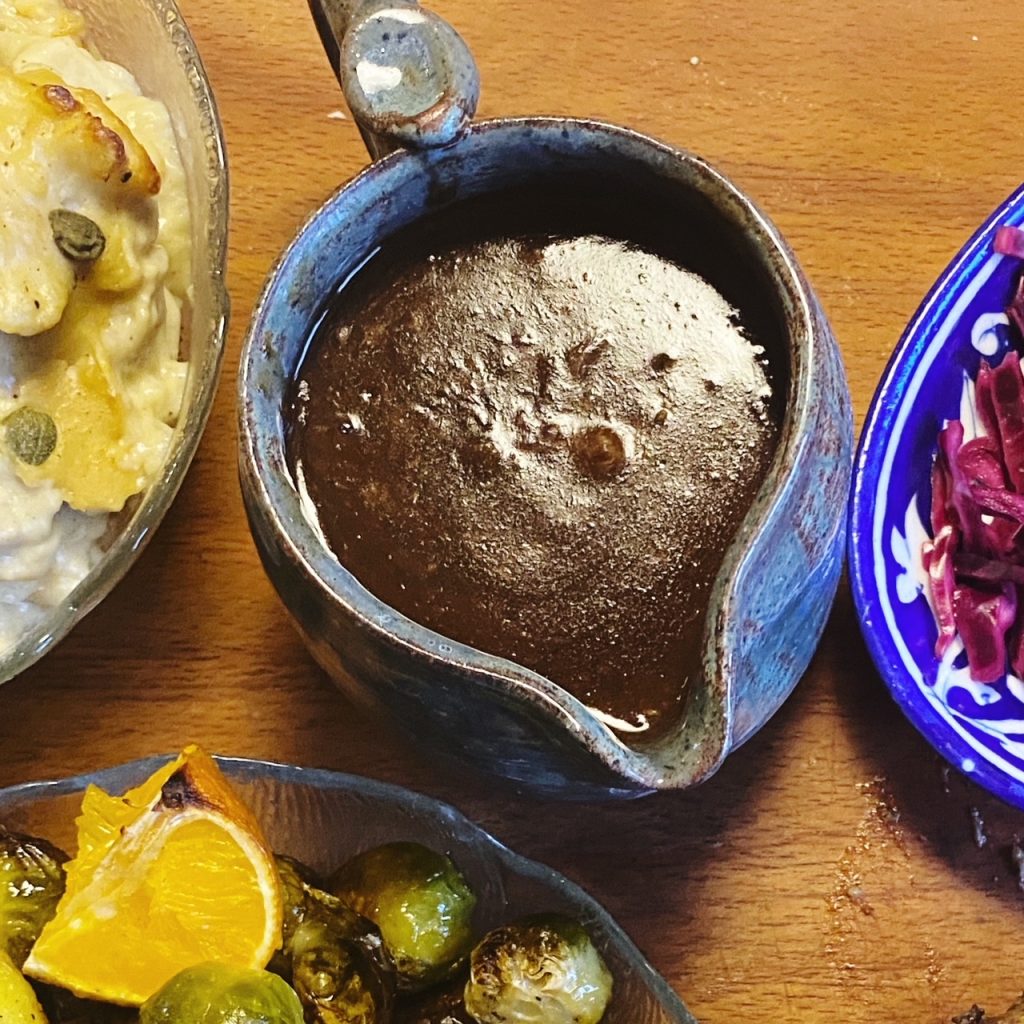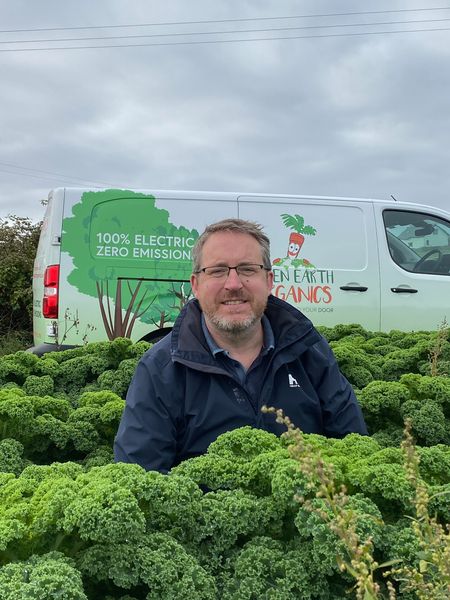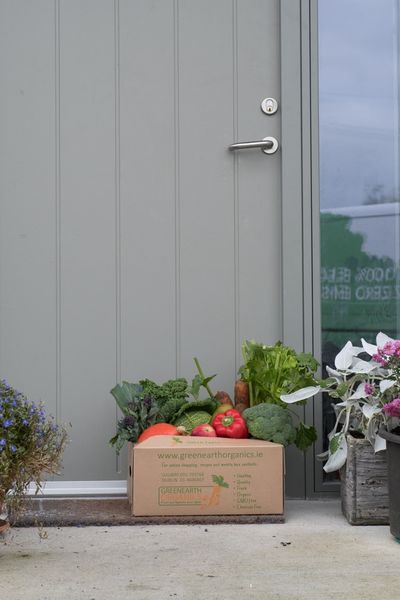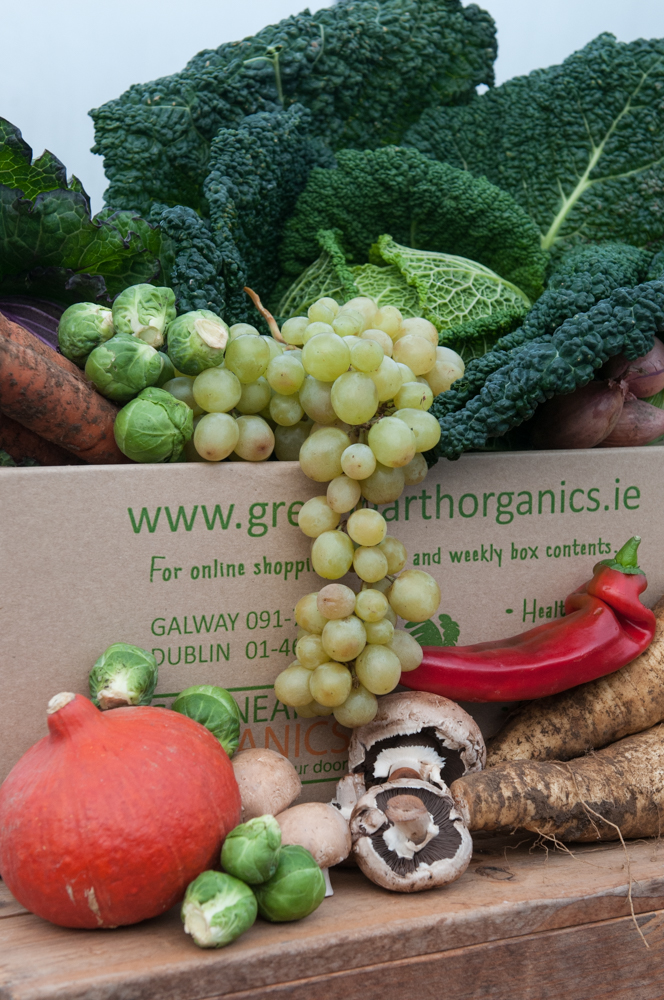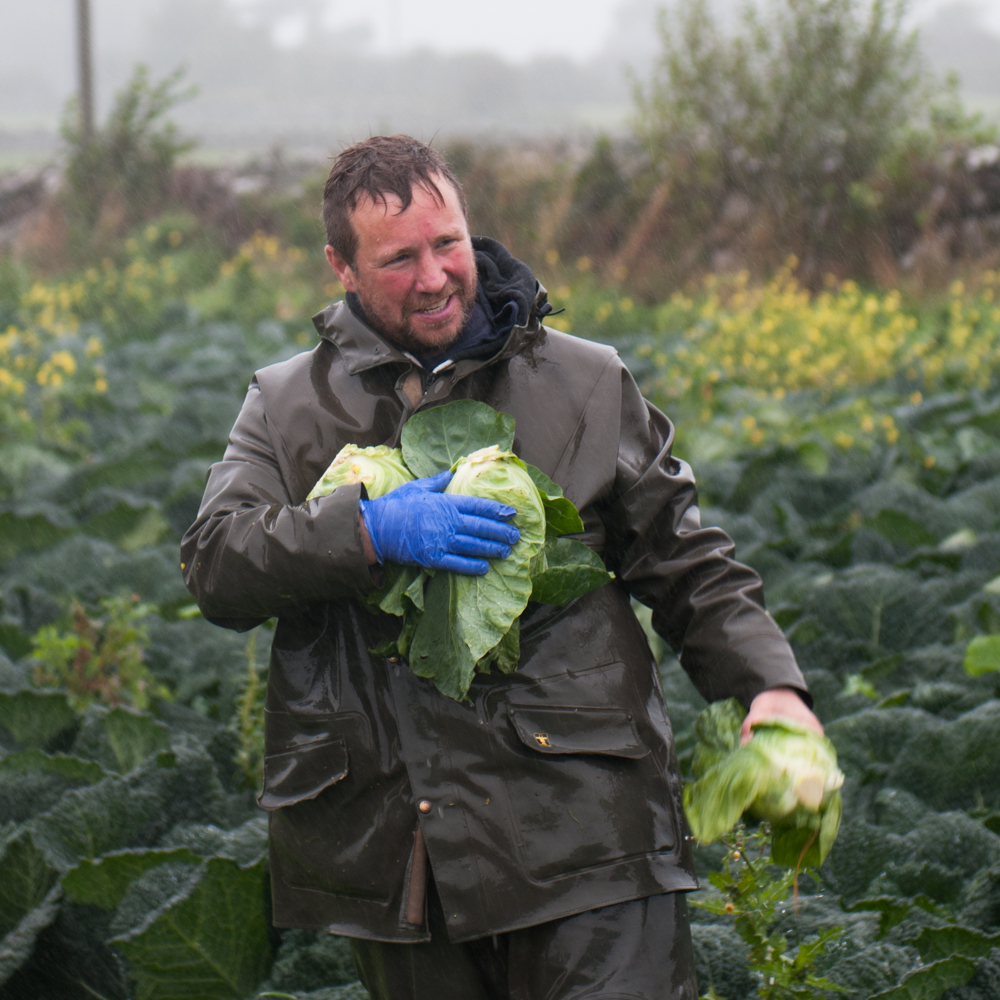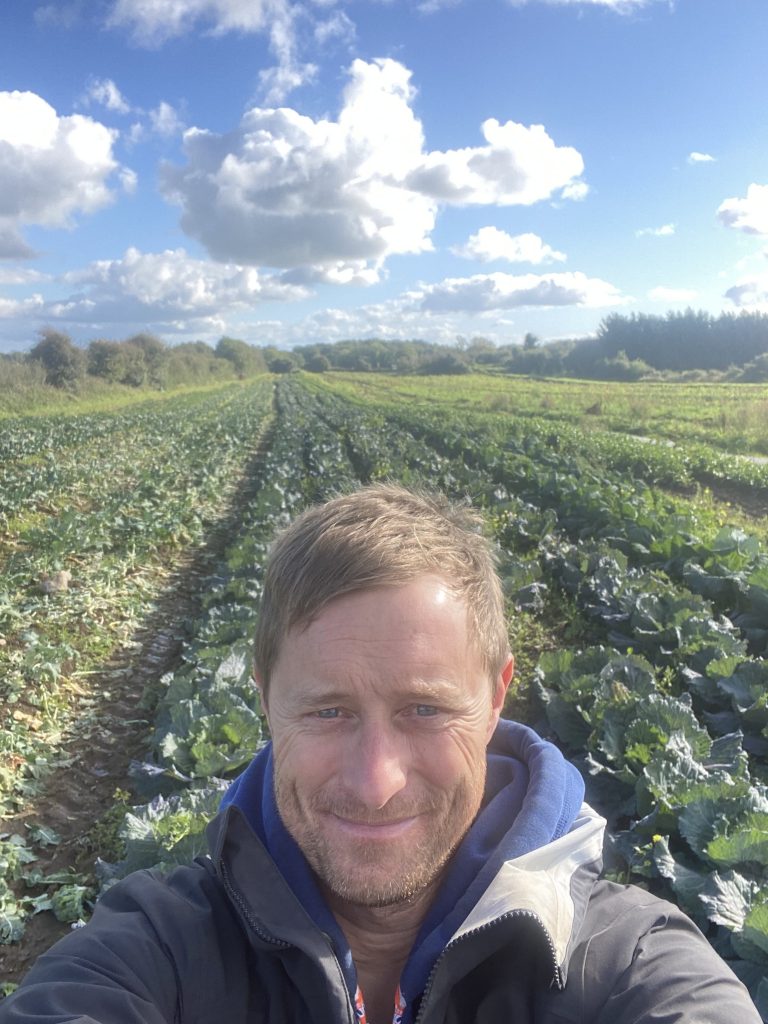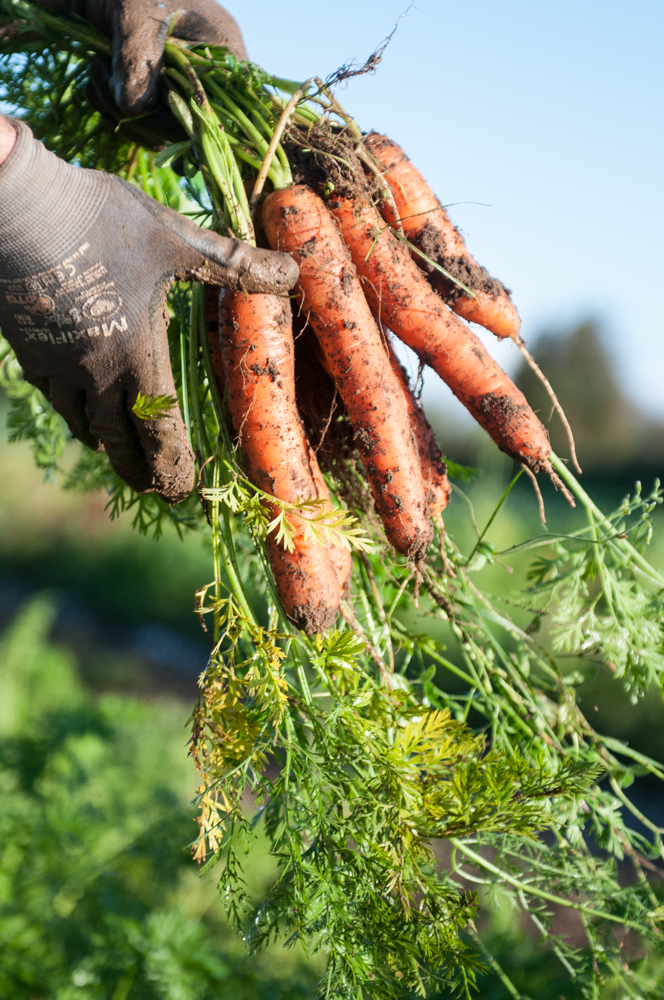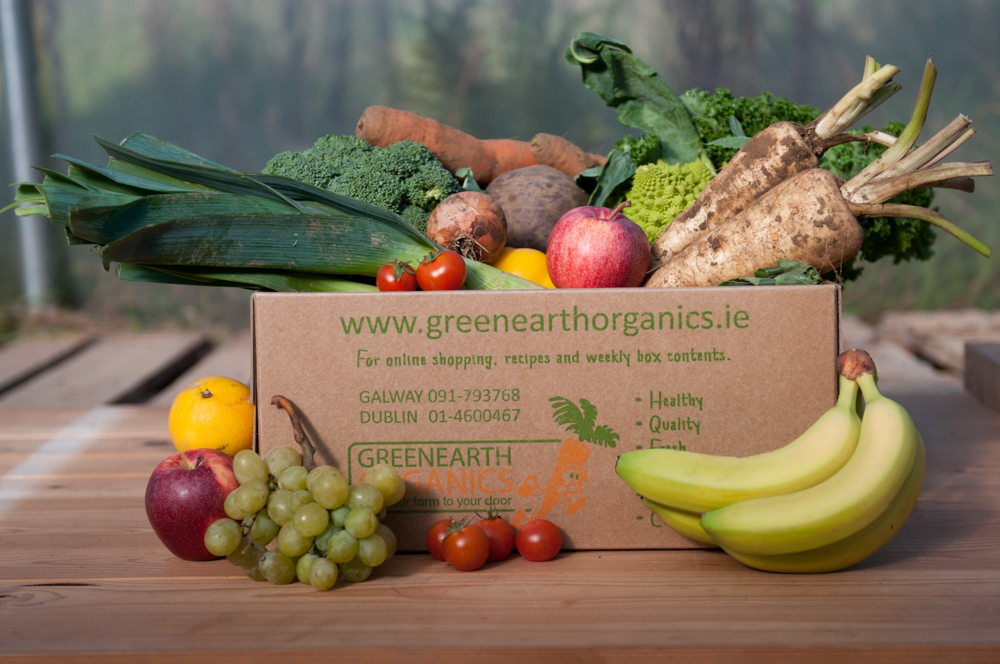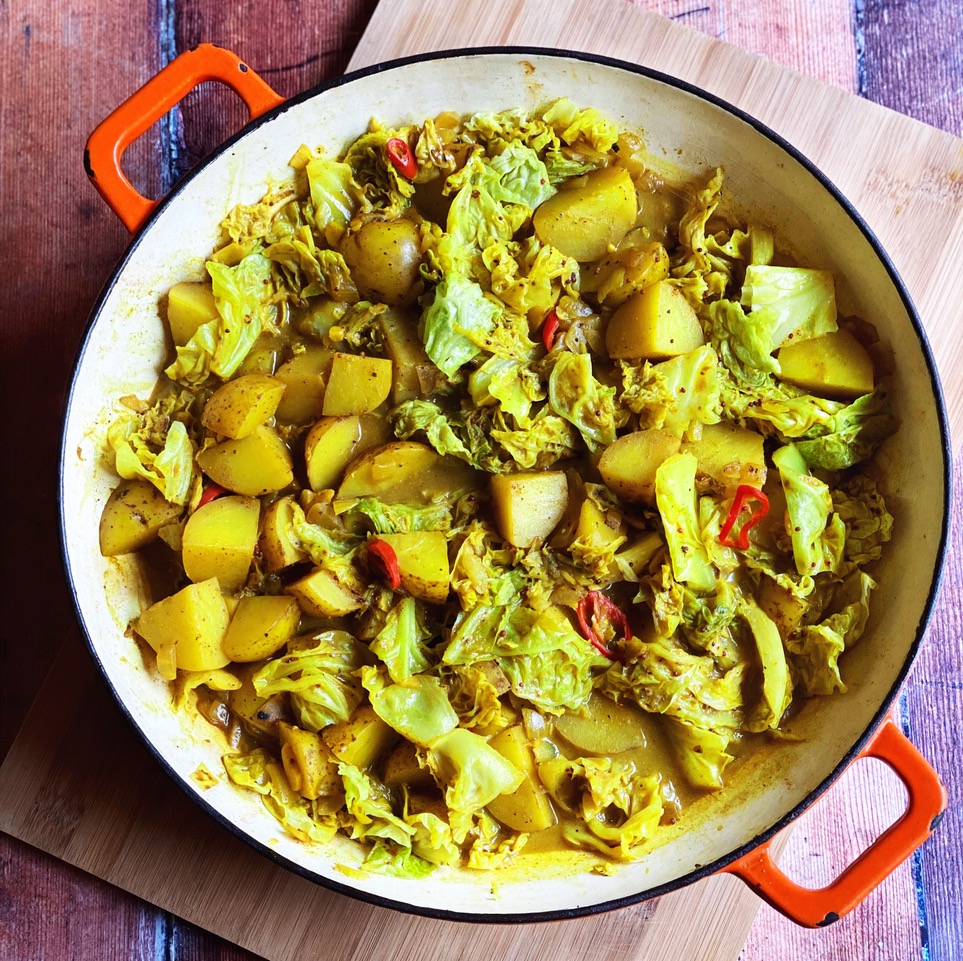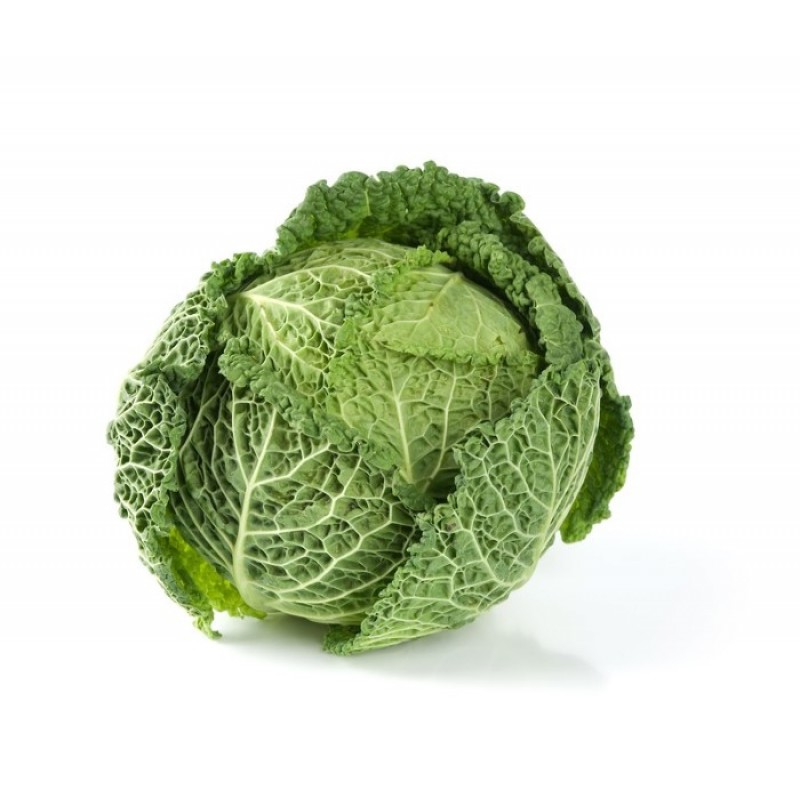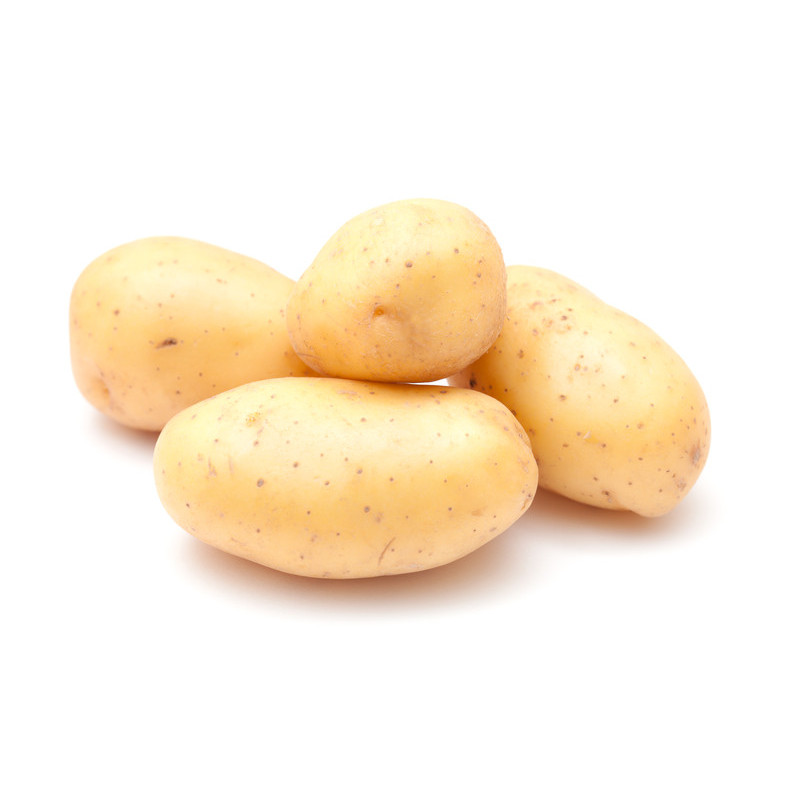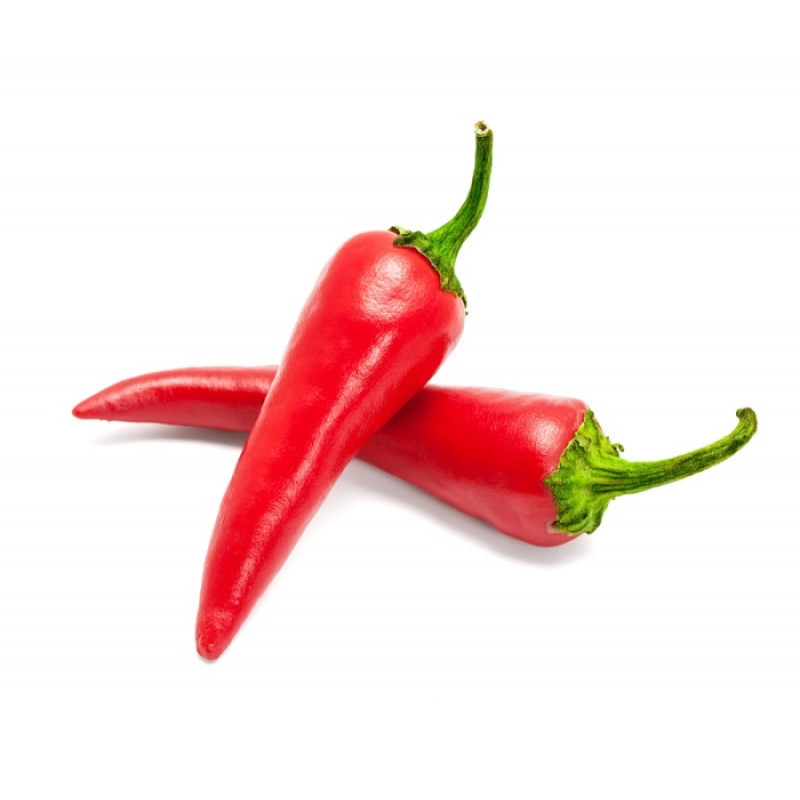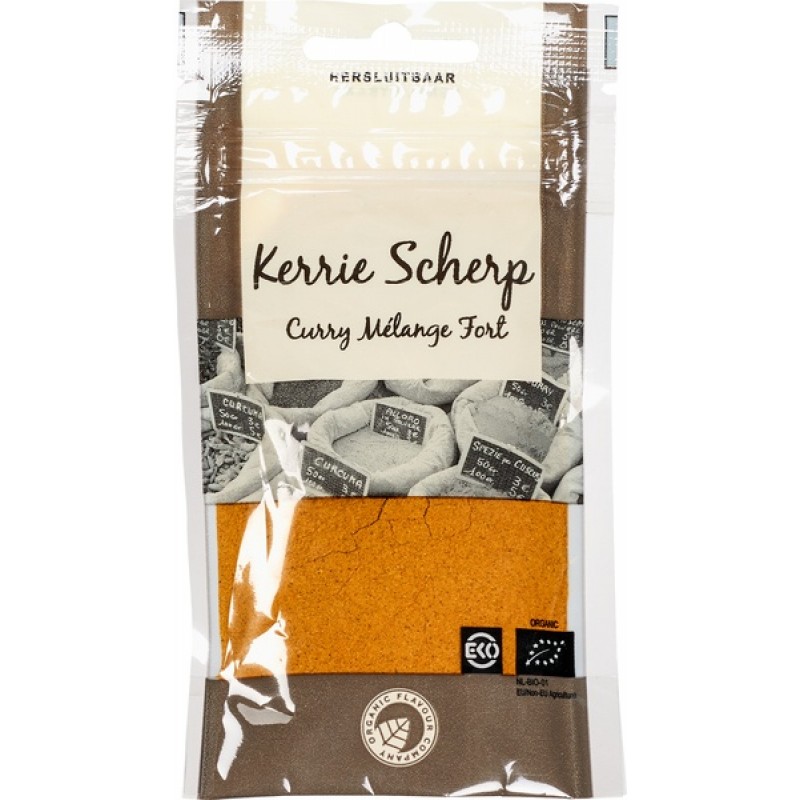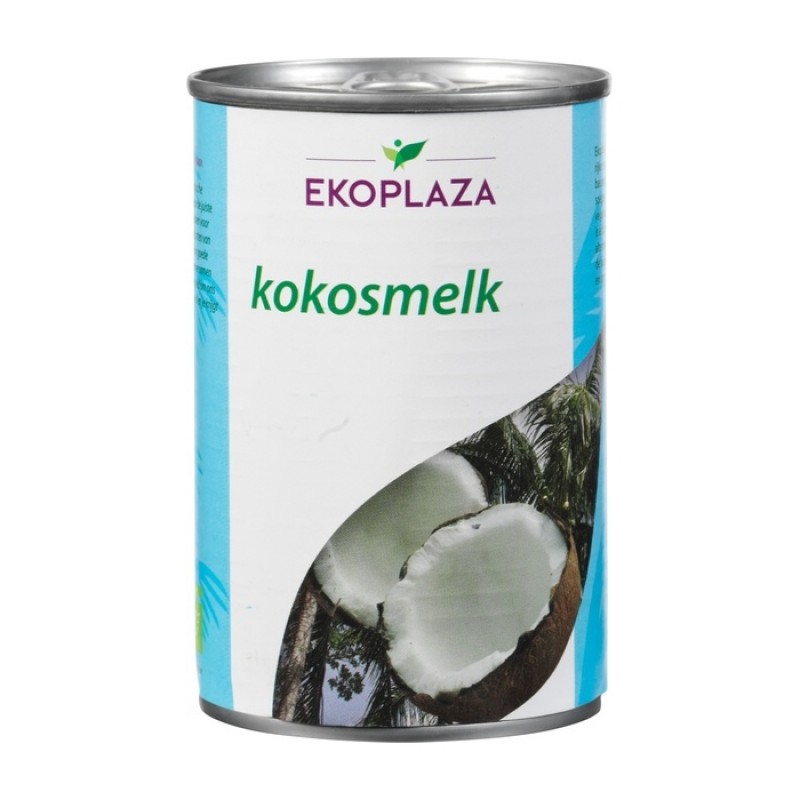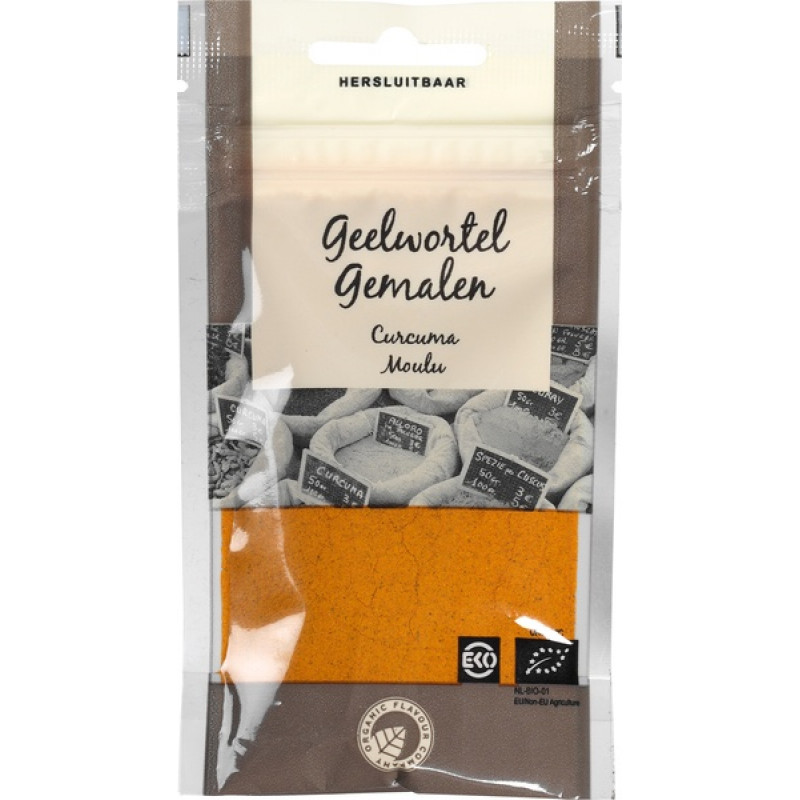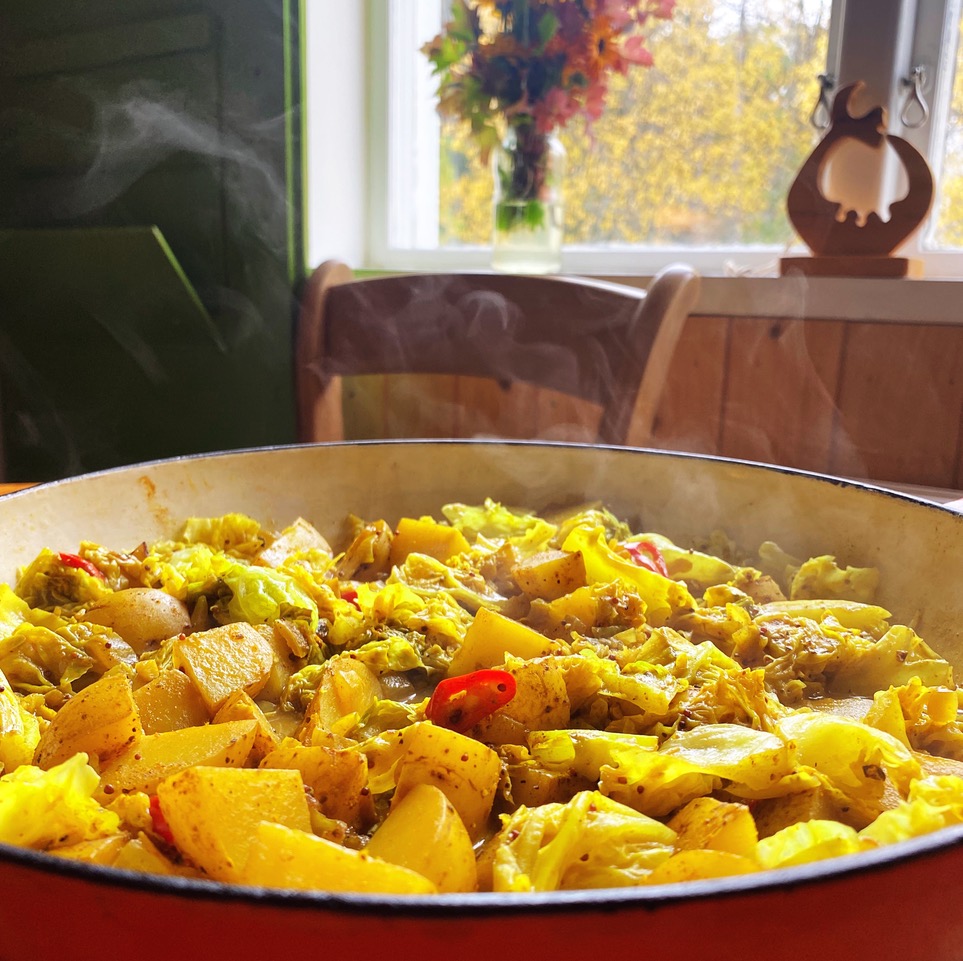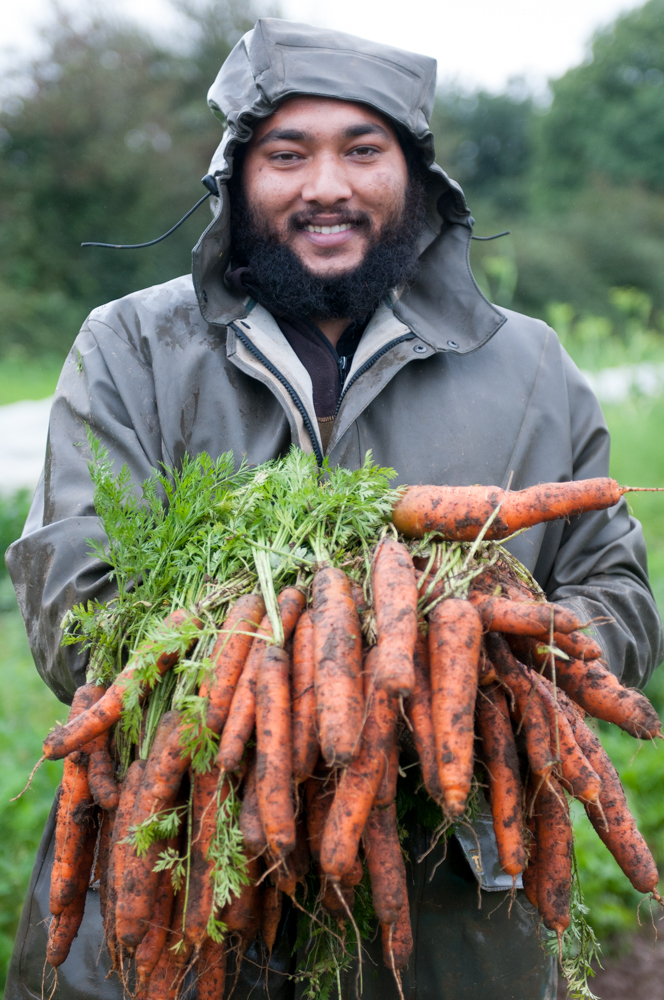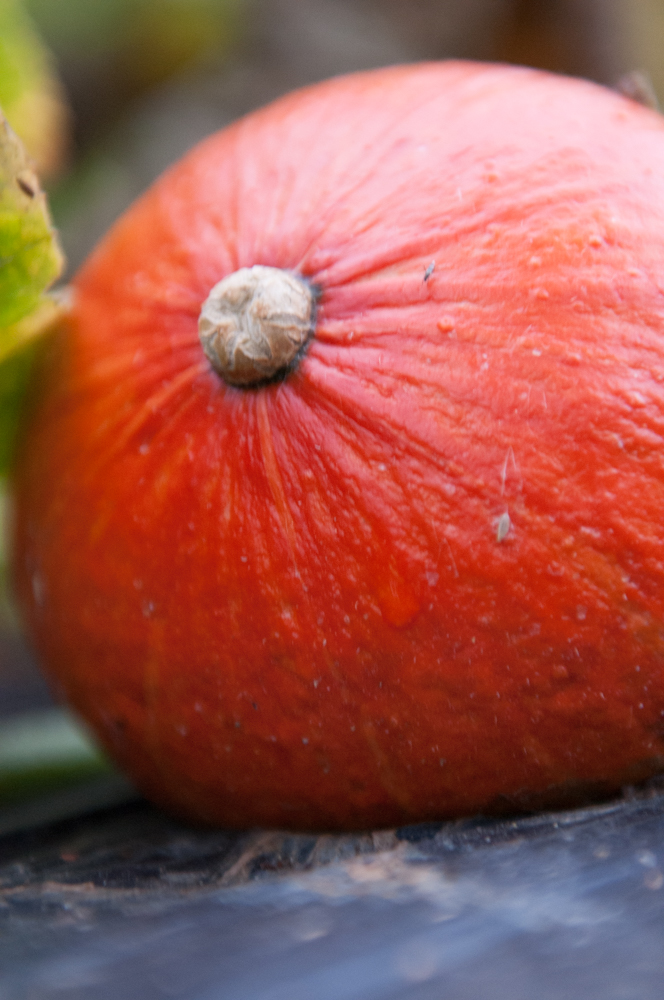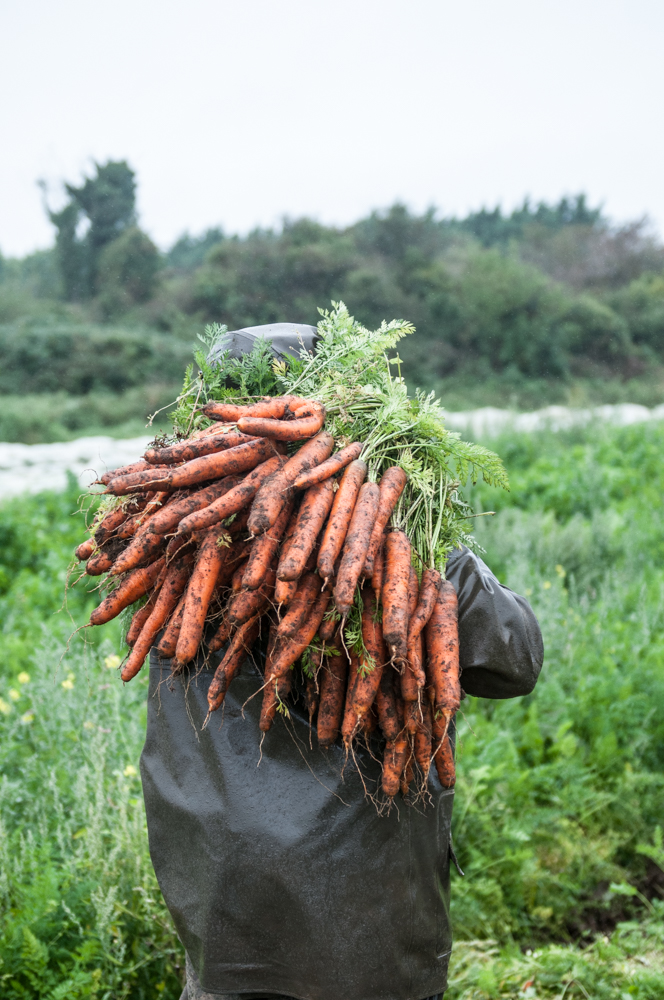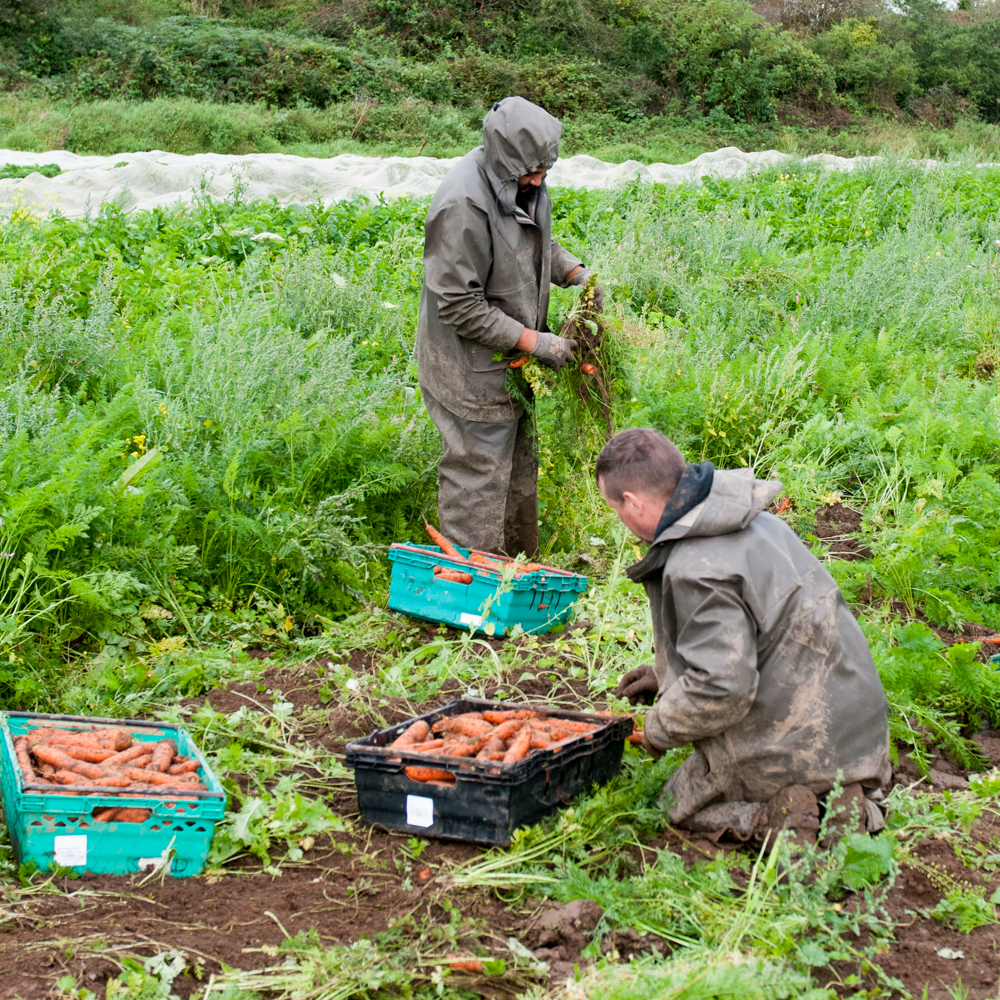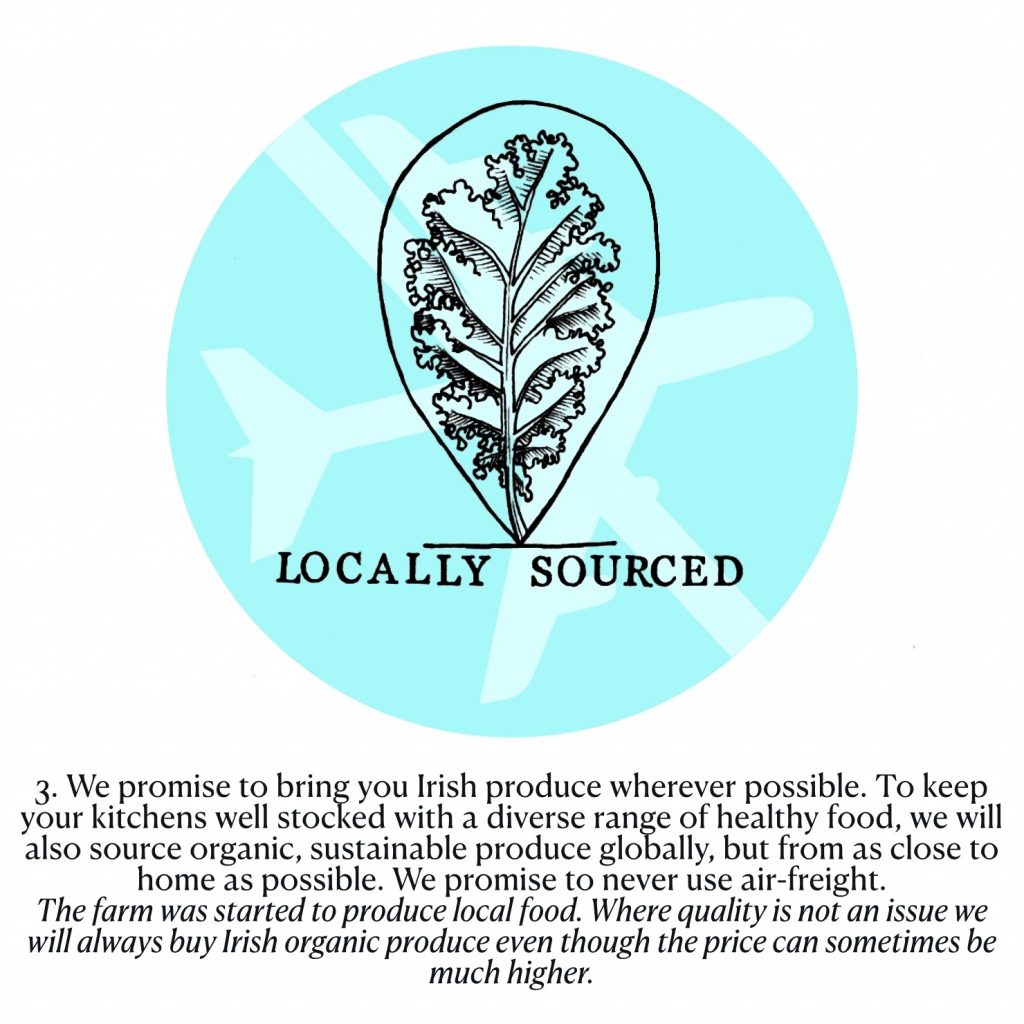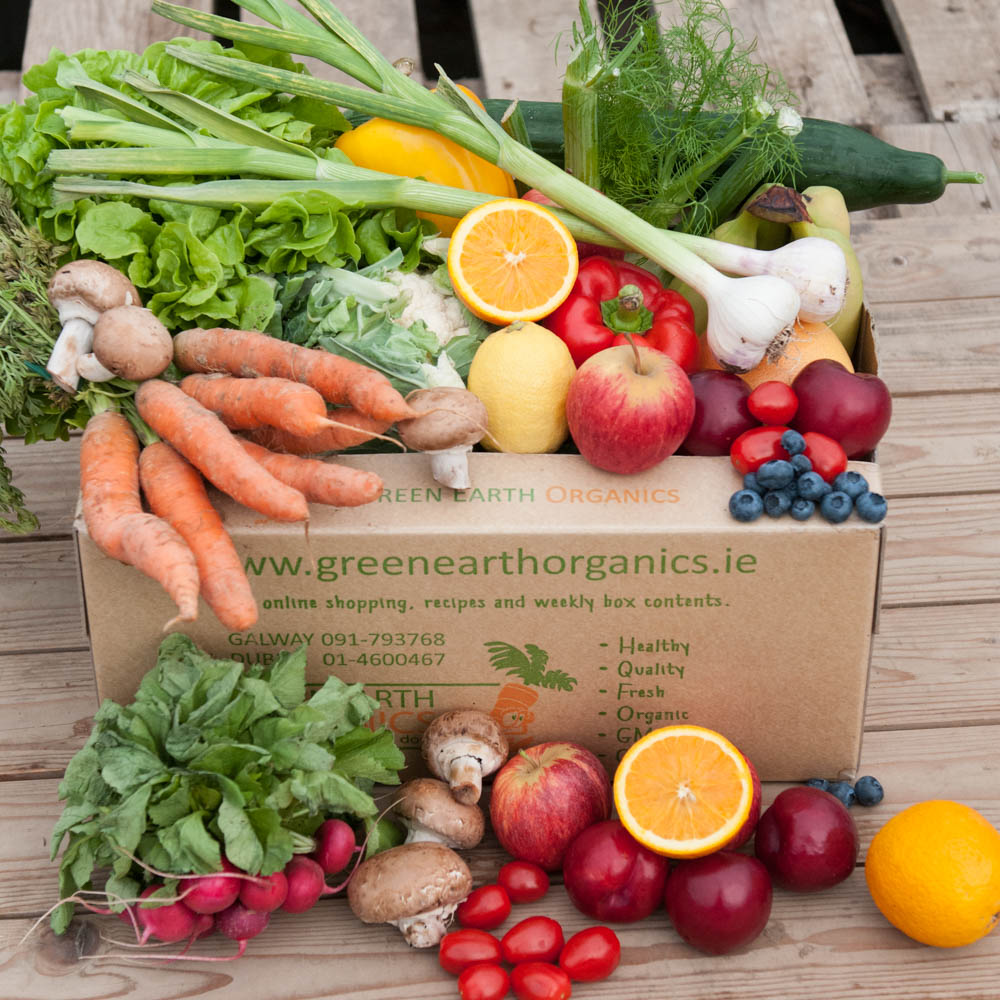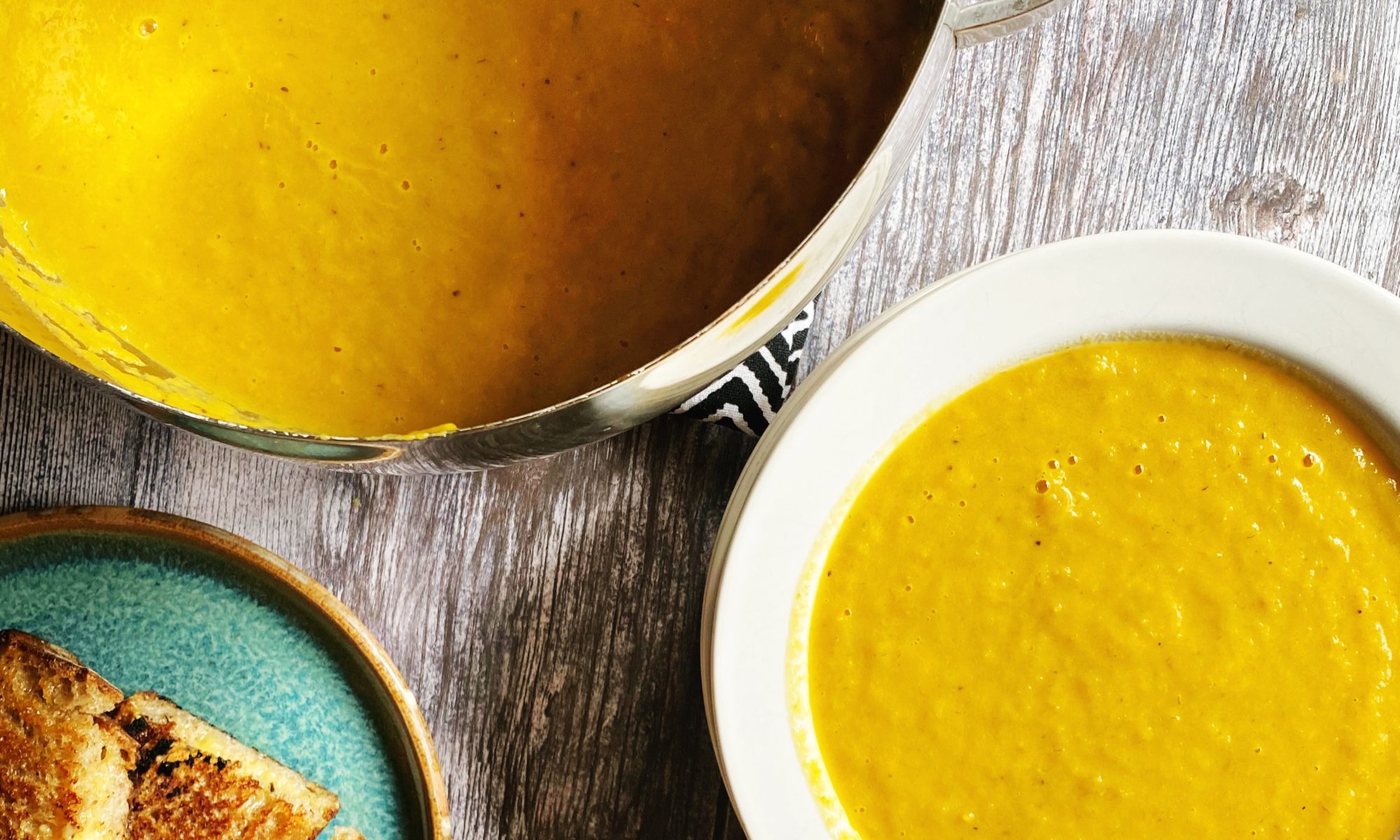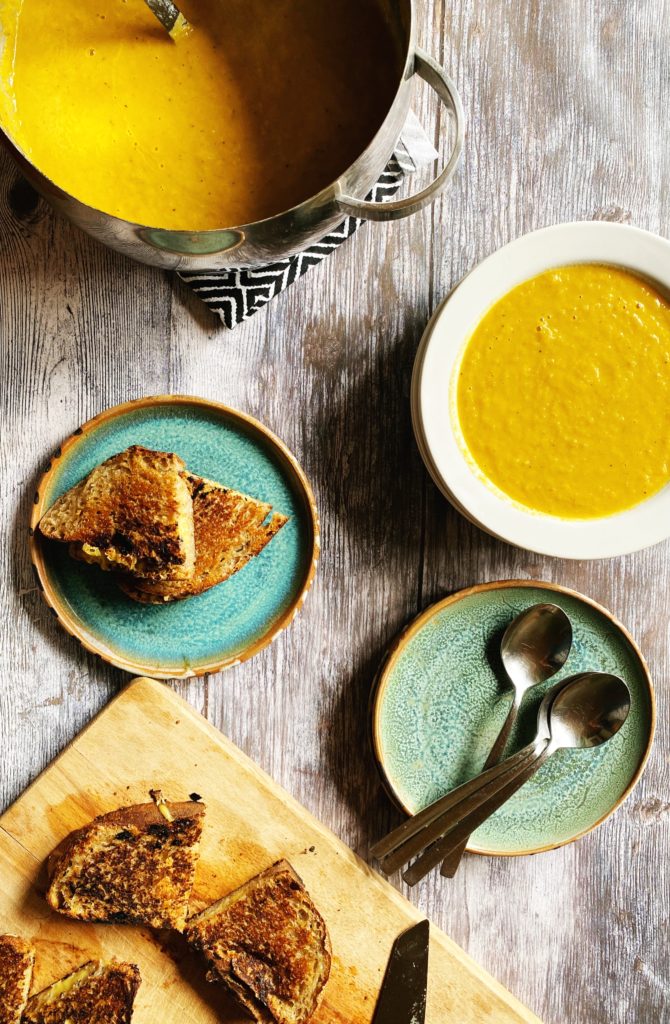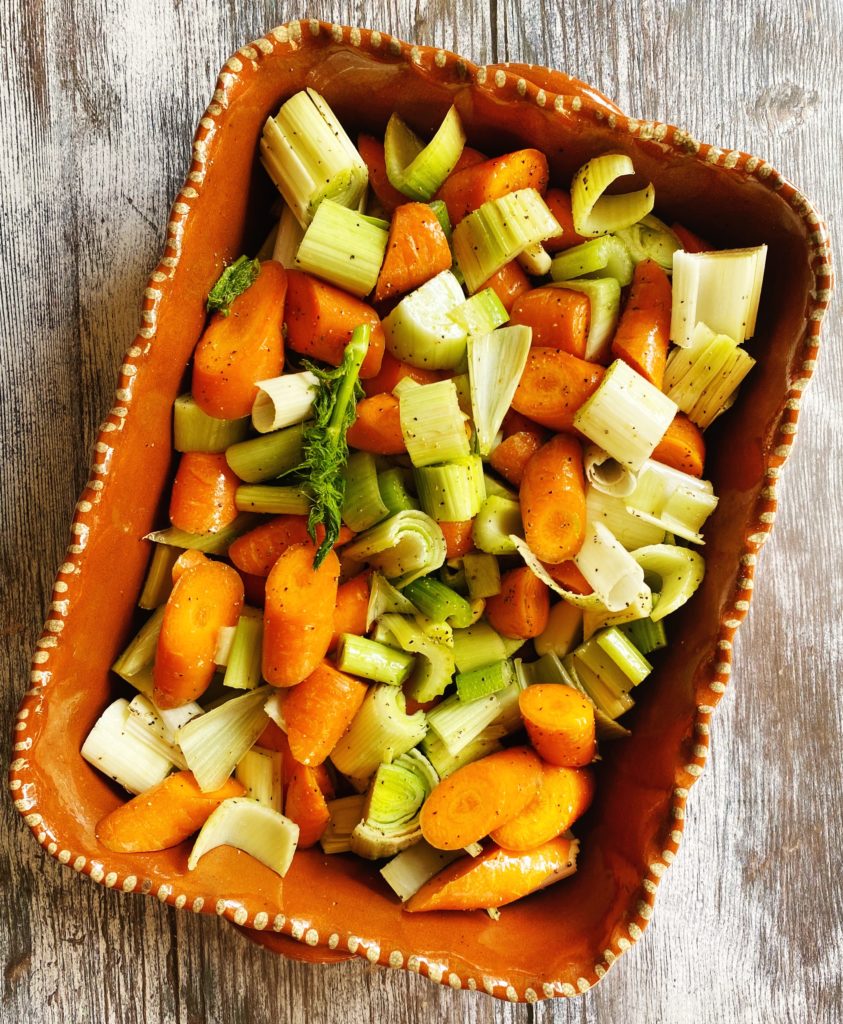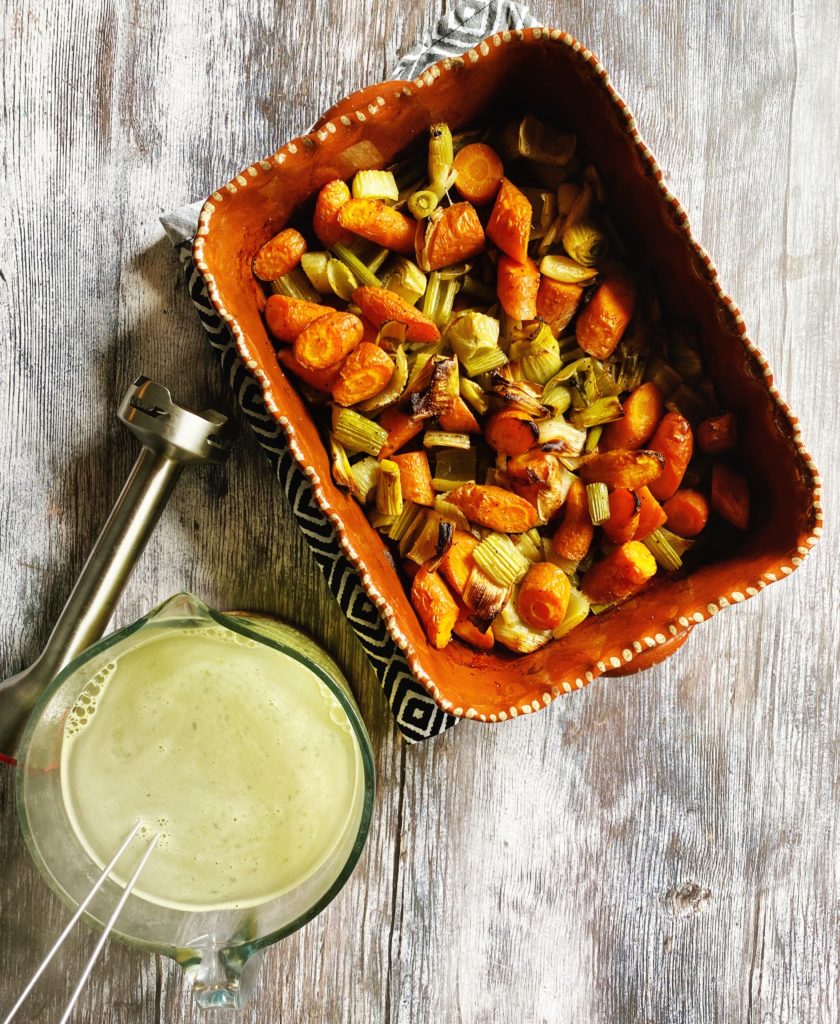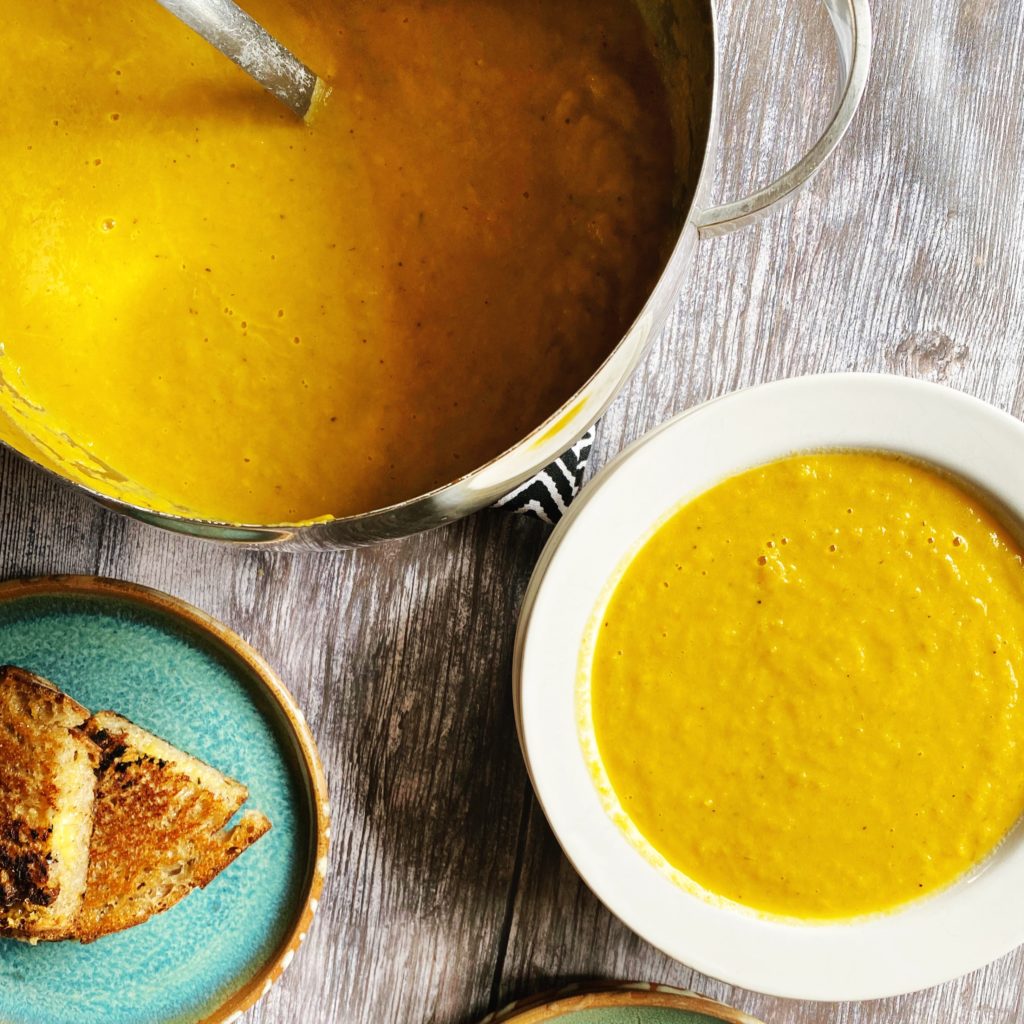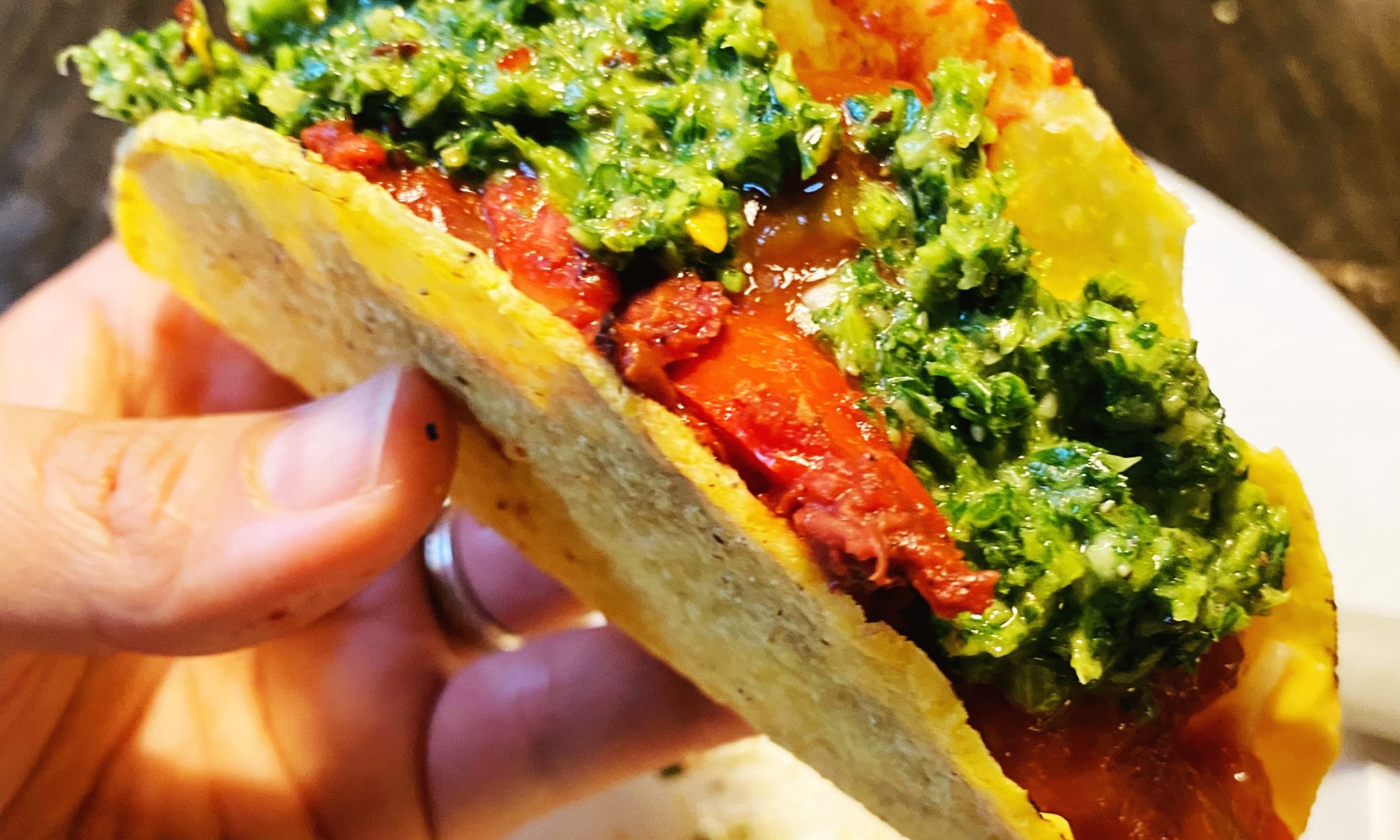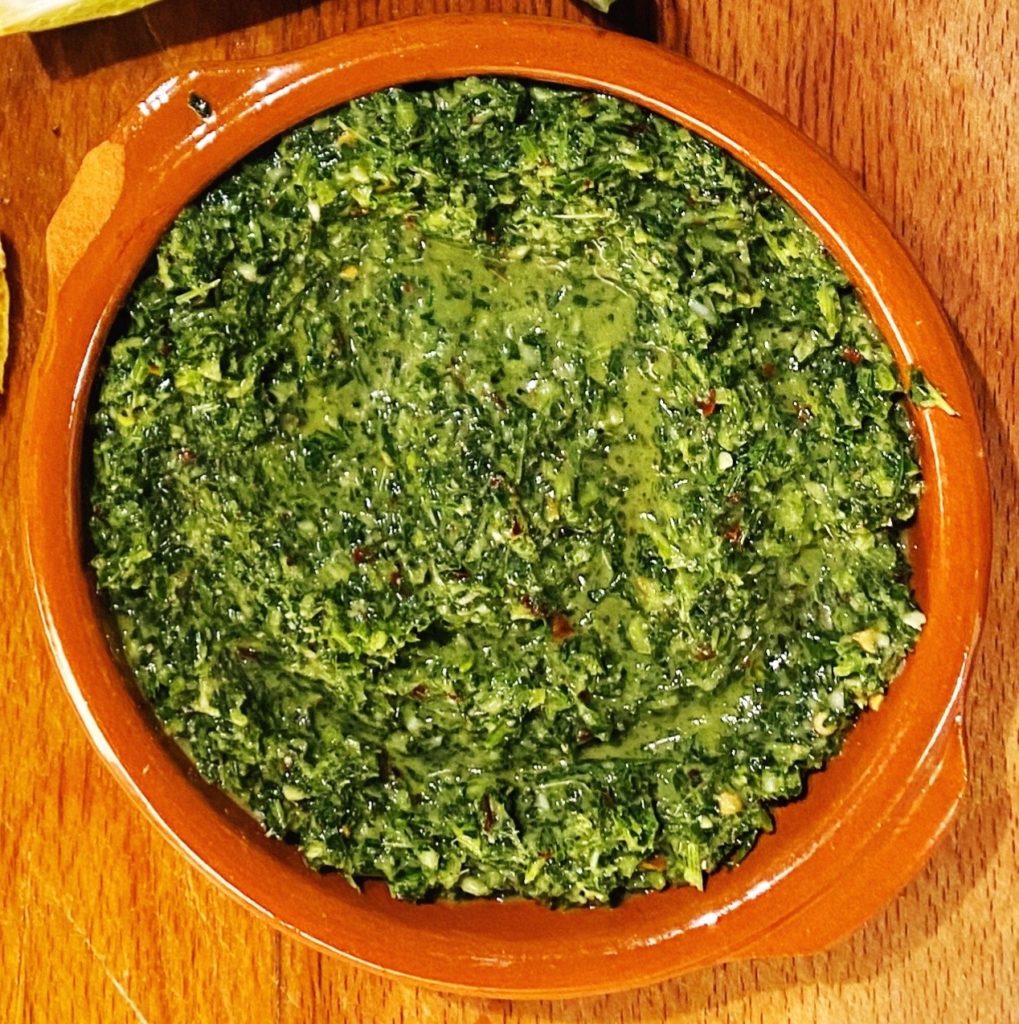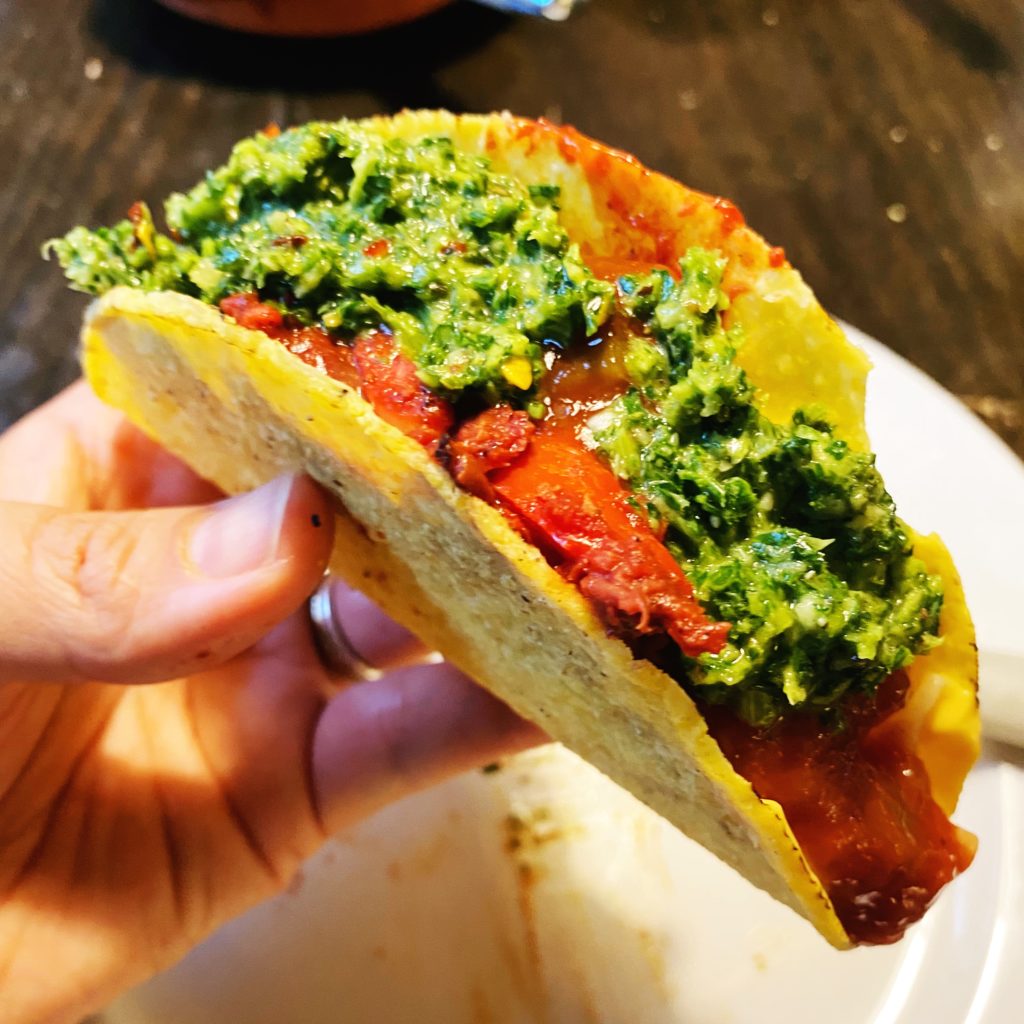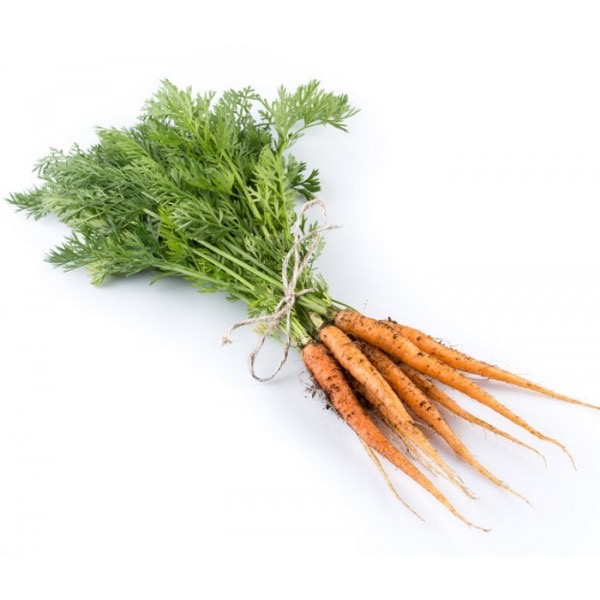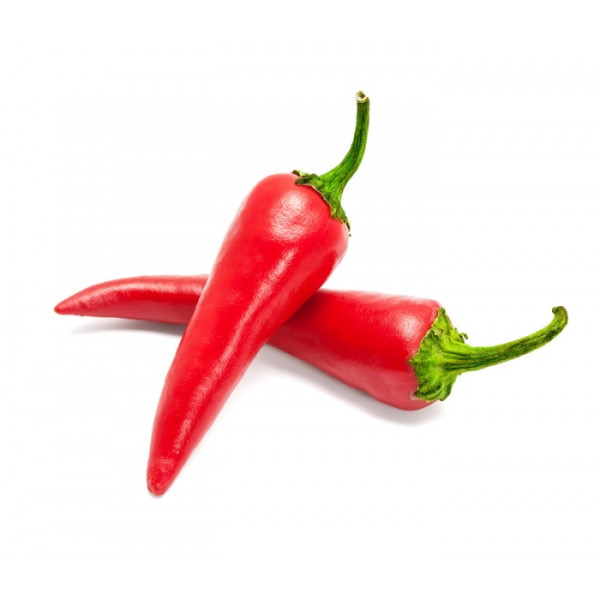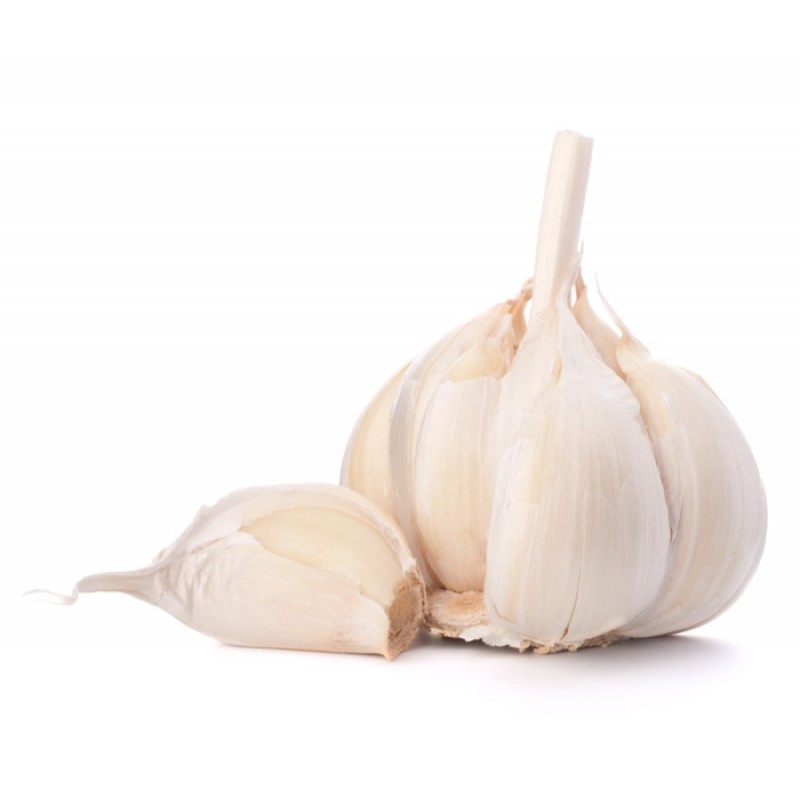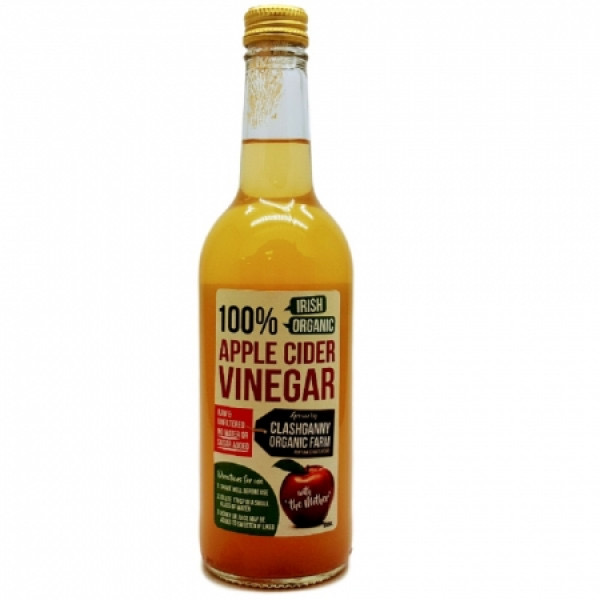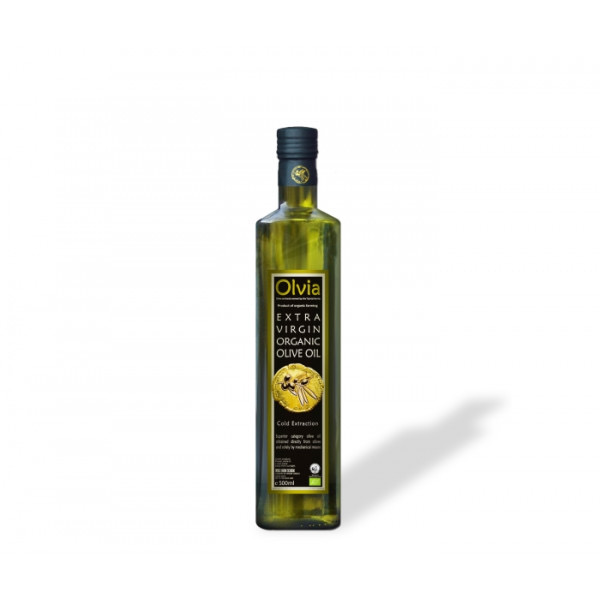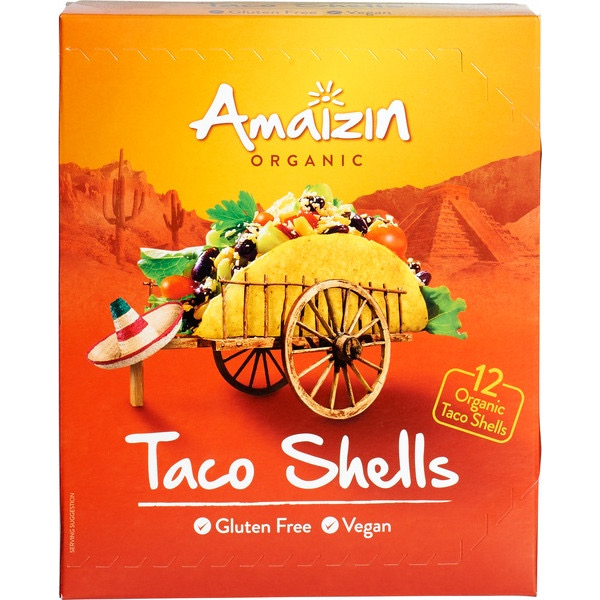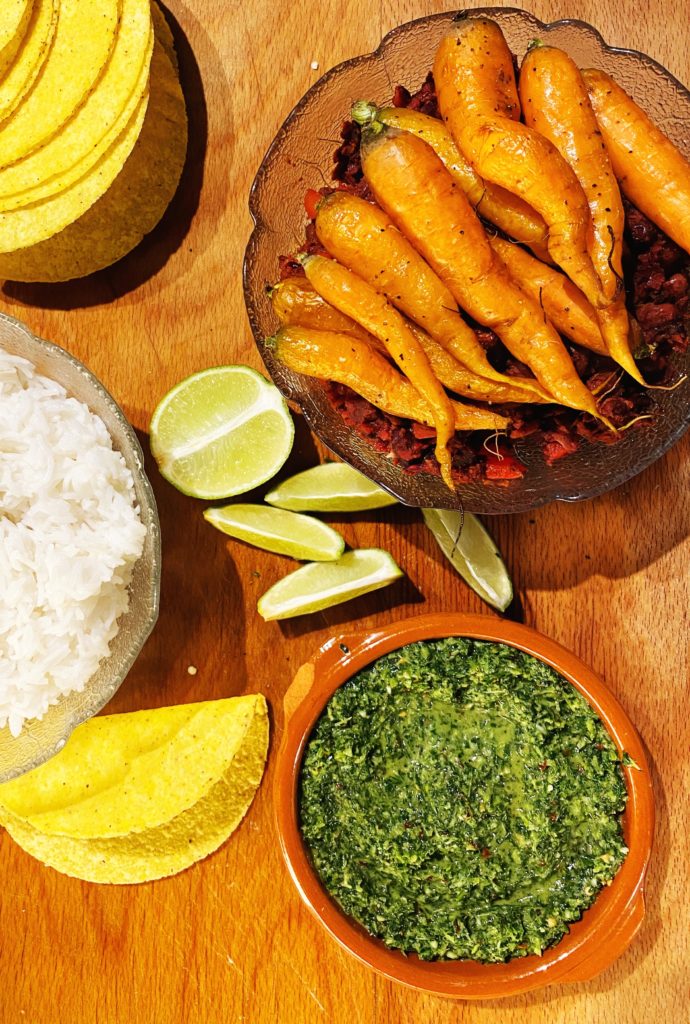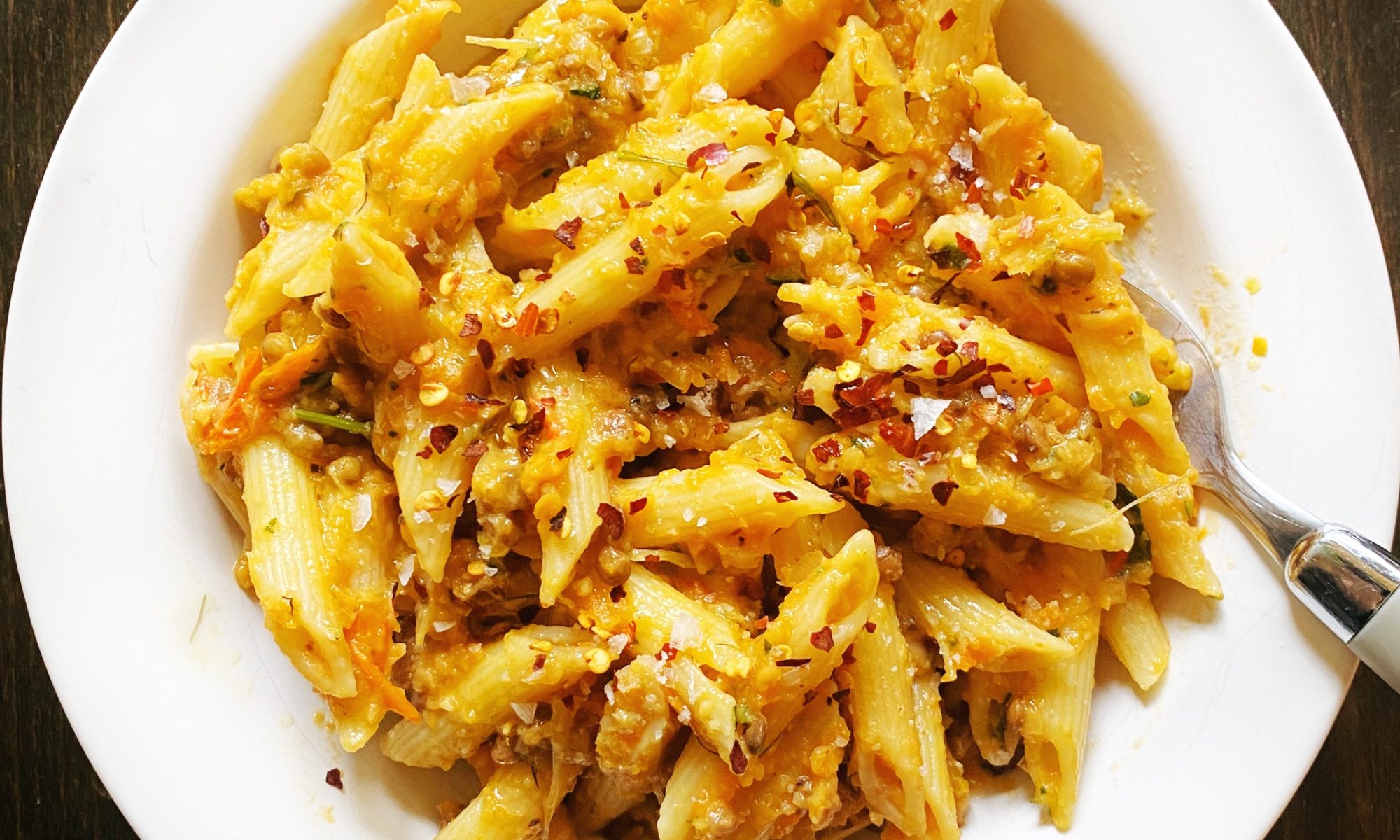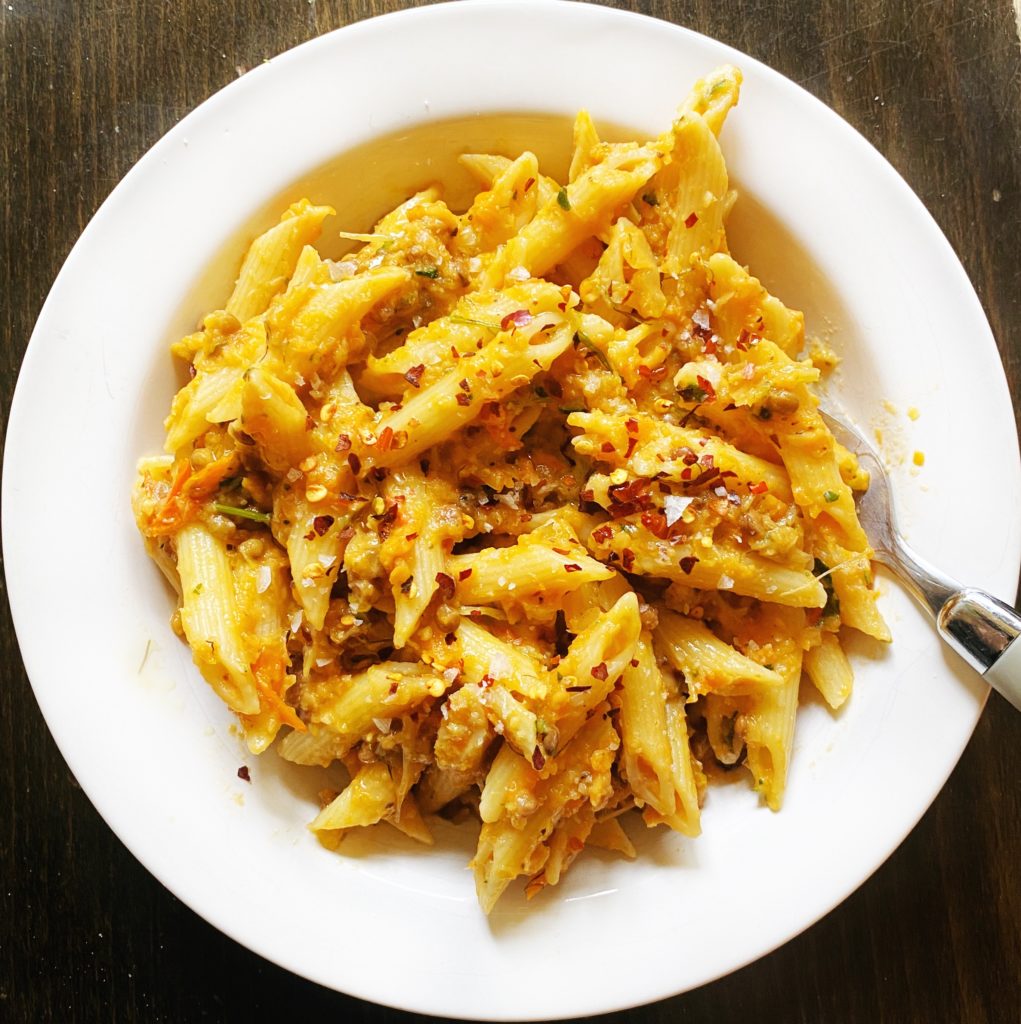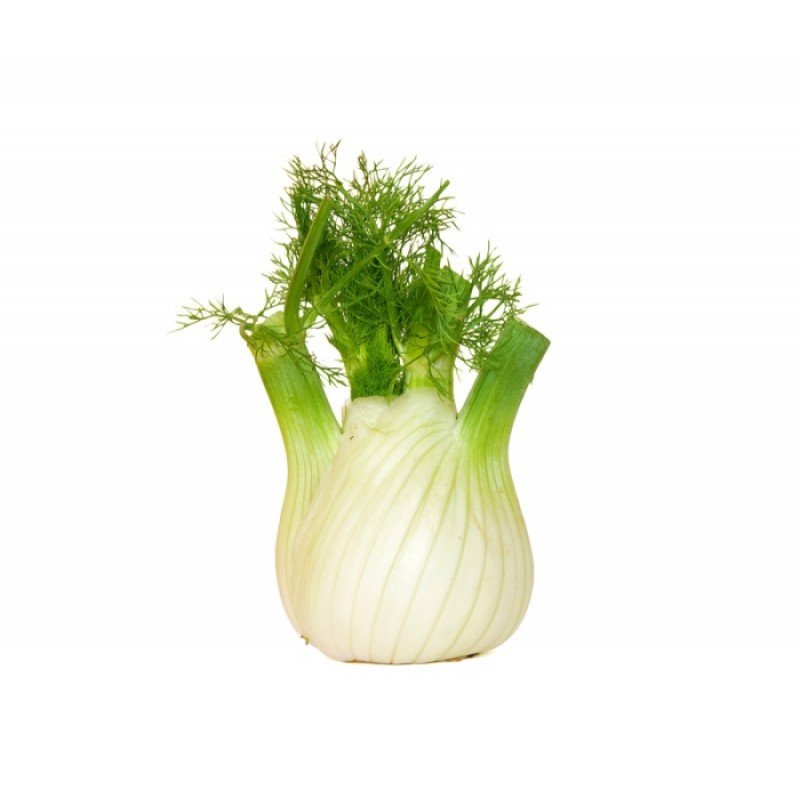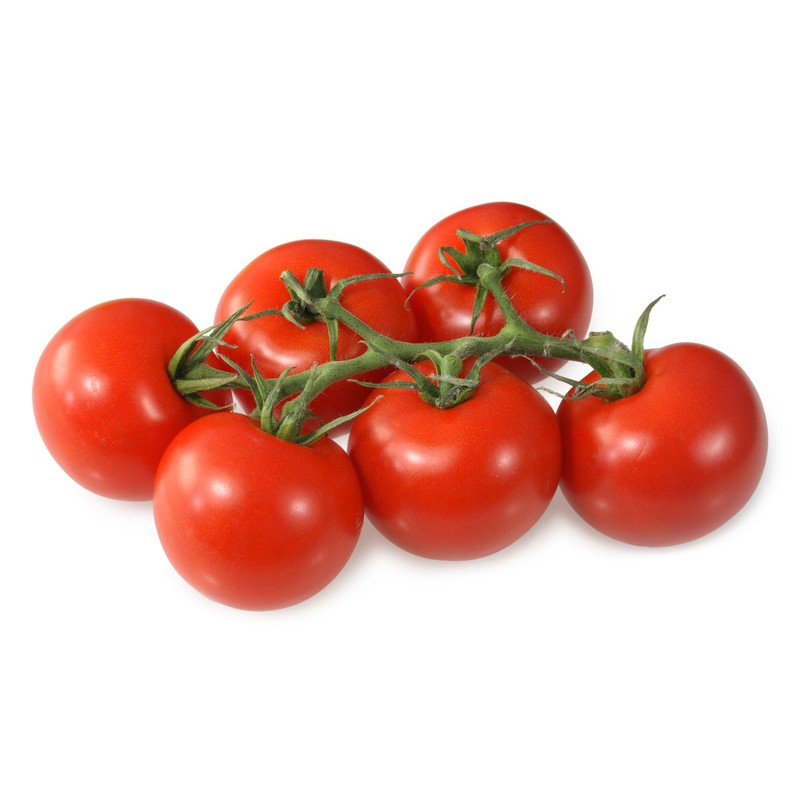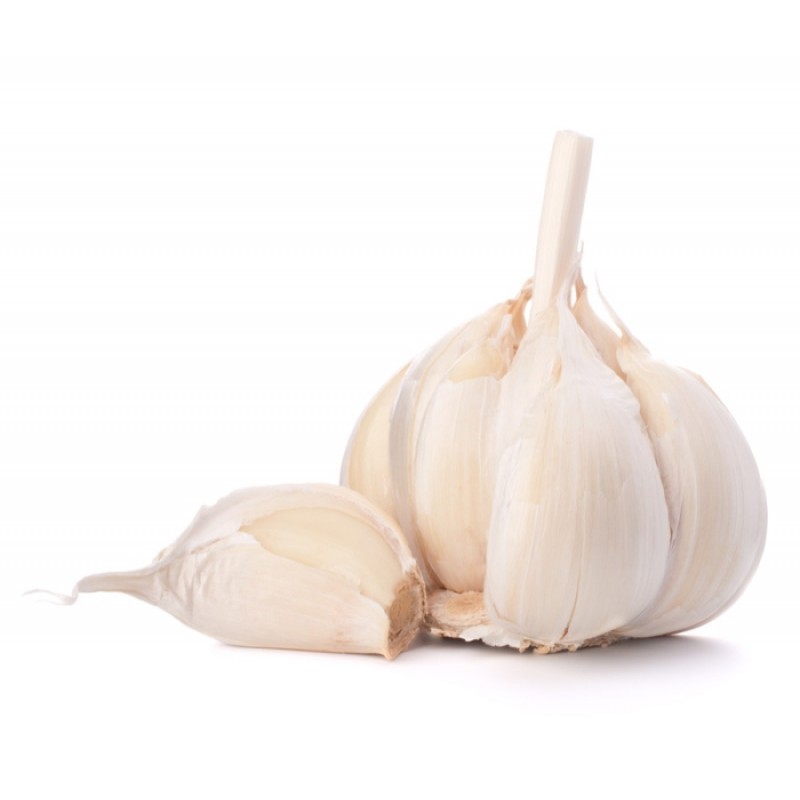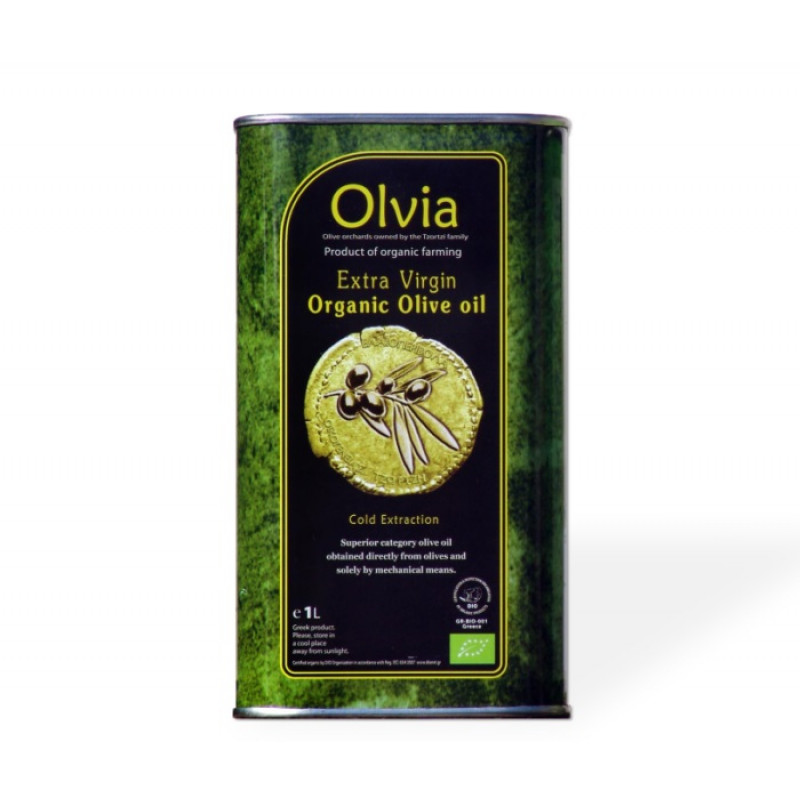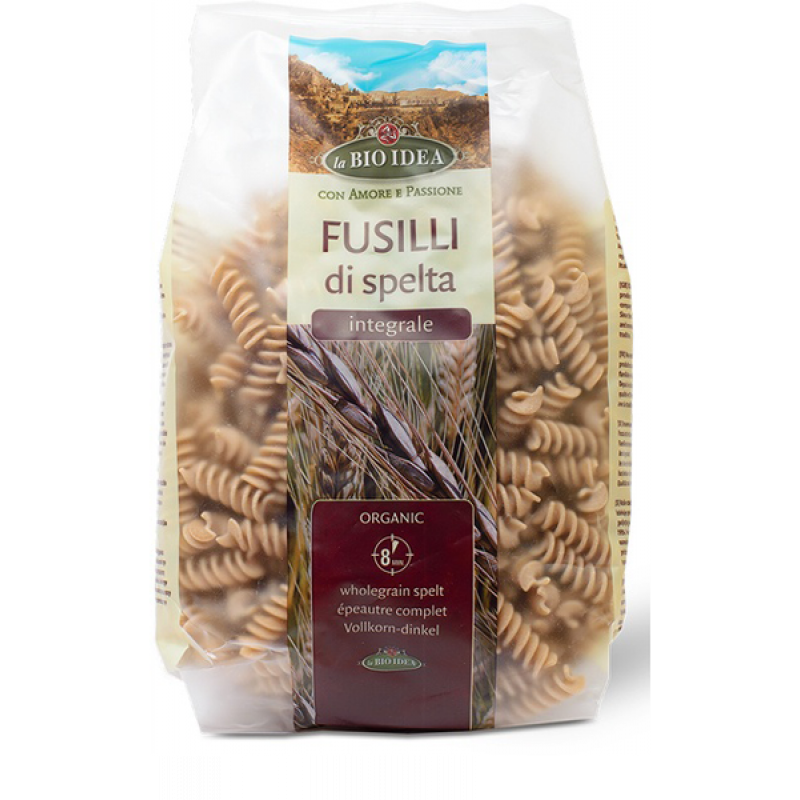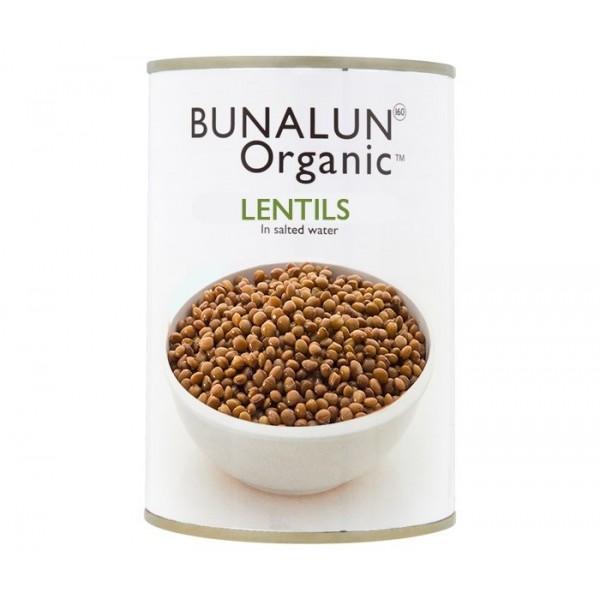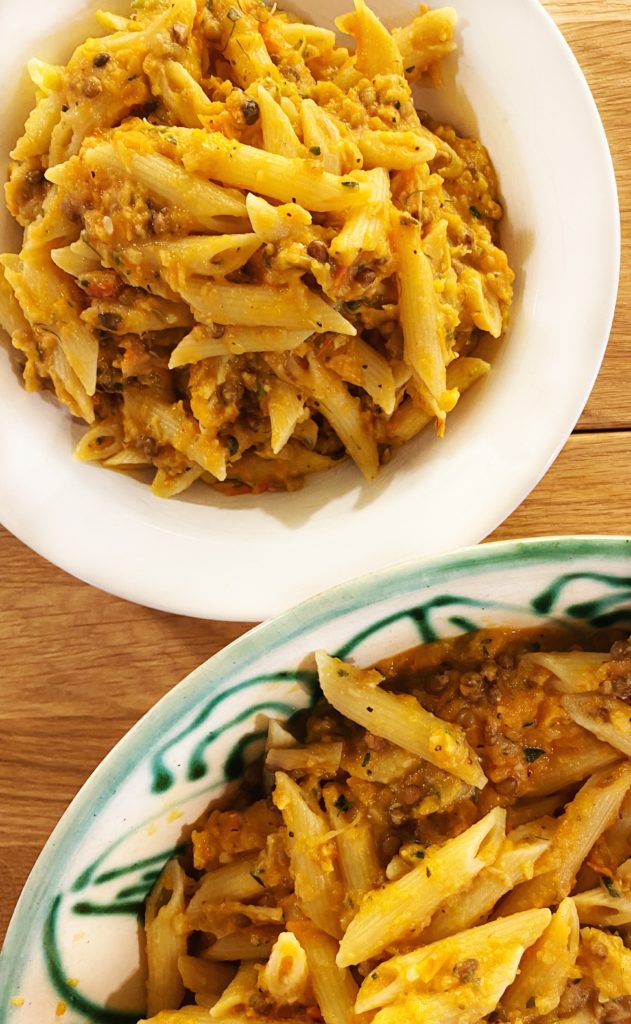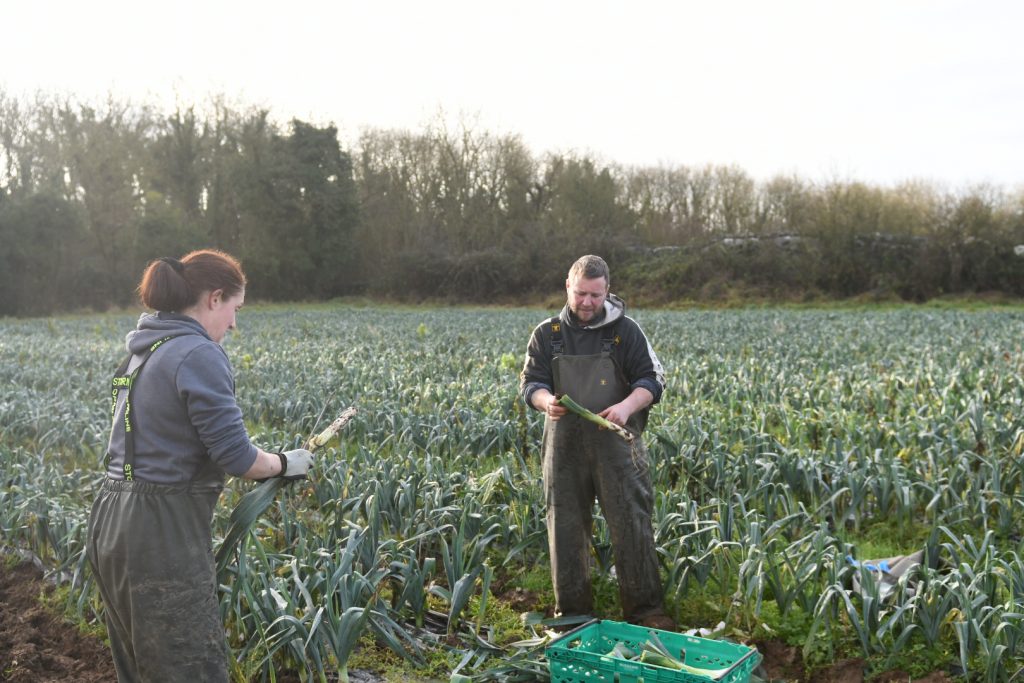
Last week was a terrible week. Have you ever had one of those? Where everything that can go wrong, does go wrong. We are a small family business, we are based on our own family farm in county Galway and small things can have a big impact.
Have you ever faced into a time when you really can’t figure out which way is up? Everything is going against you? Things are unravelling before your eyes? Well if you have then we can certainly empathise.
Last week was the week, we have had quite a few of “those weeks” over the last two years, and we know we have been the lucky ones, many businesses have not been so lucky, we have managed to stay open and stay going. I think maybe even Florence and George our pet rescue pigs knew there was something amiss last week.
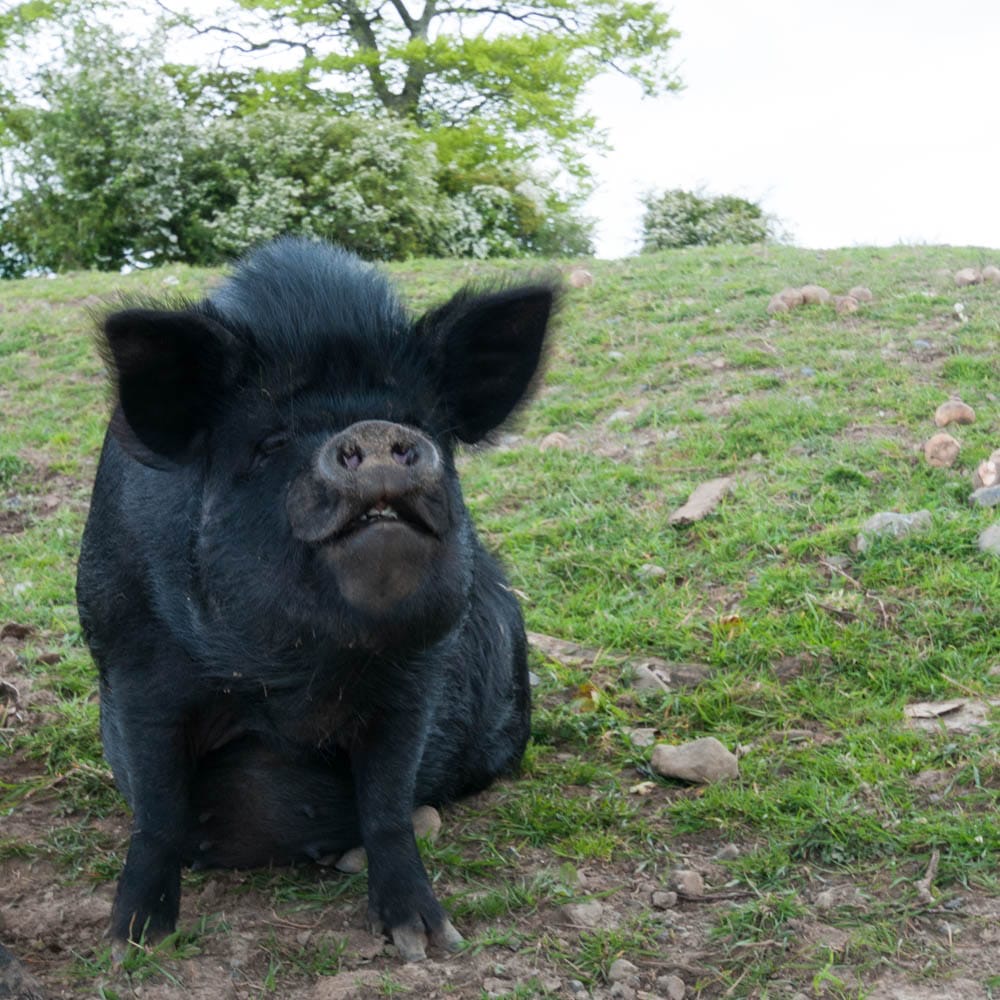
Most of you our customers will hopefully have been none the wiser that there was anything amiss.
The week started with several staff not being able to come in to work due to close contact related stuff, we were down people and were on the back foot from the start. But we got busy, the guys and girls working put in amazing effort.
Then there were delays to deliveries, disruptions to our transport partners that meant we were left with significant stock shortages. Again, everybody got pretty busy both harvesting extra on the farm and changing contents in boxes to make sure everybody got as close to what they wanted as possible.
Then in the middle of it all more of the team were out, so we had to put a stop on most of the harvest temporarily and drafted the farm team into the packing shed to help with packing. We were working flat out.
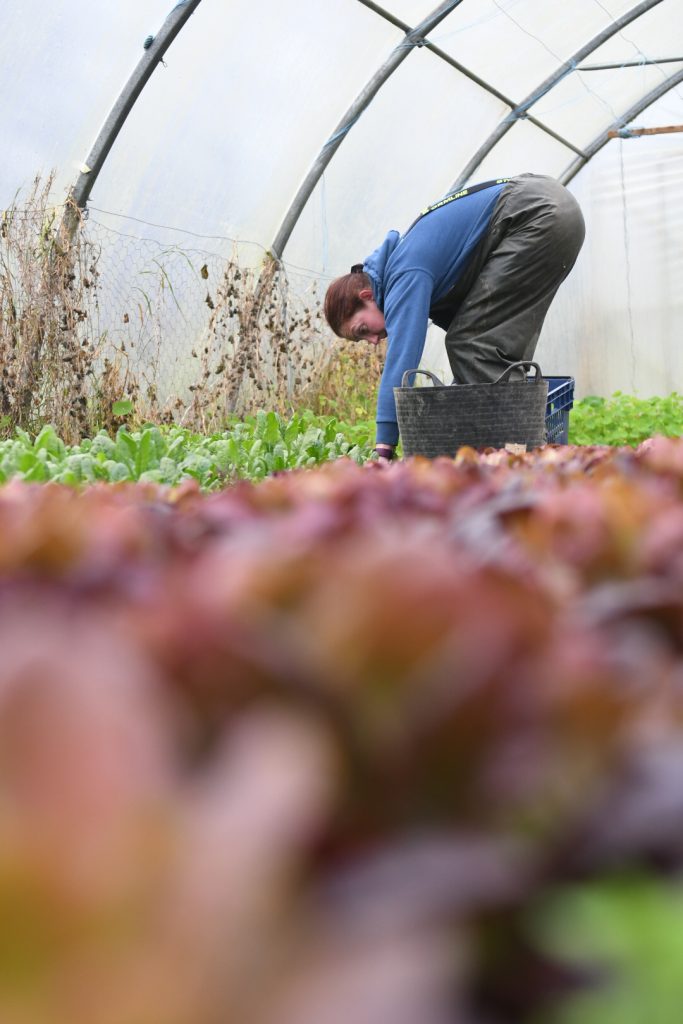
By Wednesday we were stretched, stressed and there was just too many plates spinning.
But on Thursday the ultimate disaster struck our whole website and all the software we rely on to keep the wheels turning crashed and was not back online again properly until Friday afternoon. That left us with a backlog of nearly 300 orders to pack in one day, as close to an impossible task as there is.
Not only that but an already stretched customer service team were trying their very best to get back to the many queries that were coming in as a result of the outage.
It was intense, busy, stressful, and at times energised, fuelled by pizza and loud music, but the team came through in the end.
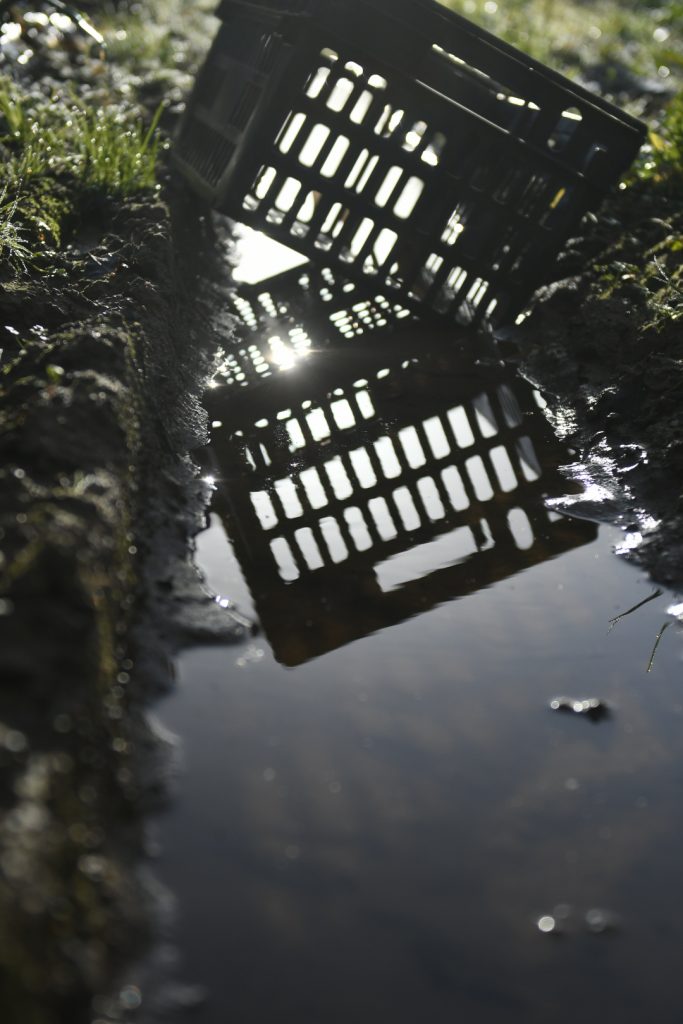
The final icing on the cake was not having our orders ready for our usual transport link to Dublin and we had to hire our own truck, which arrived and was not big enough, so we had to make two runs though the night to get the orders to Dublin for Saturday morning delivery, 4.45 am the last boxes were loaded onto the truck on our farm on Saturday morning.
Not only that but the team were back in on Saturday again to try and mop up the missed pieces and Darragh our Limerick Agent was even packing his own orders by hand on Saturday and Sunday to ensure they were done for delivery on Monday.
It was close to the most difficult week we have had. But you know what we got through it. The team here were remarkable and did an astounding job, and I am grateful for all their hardwork.
Thank you guys.
Kenneth
